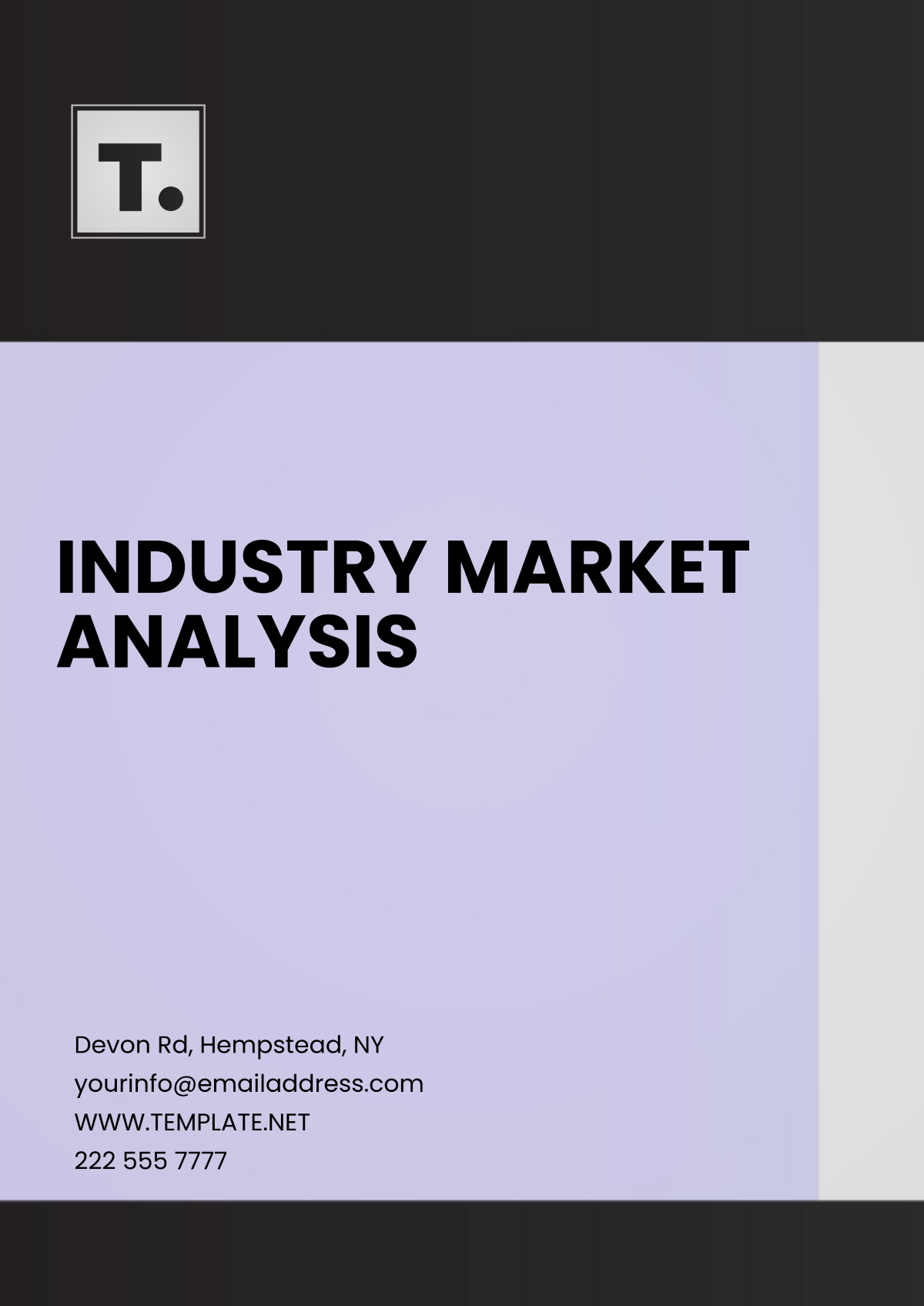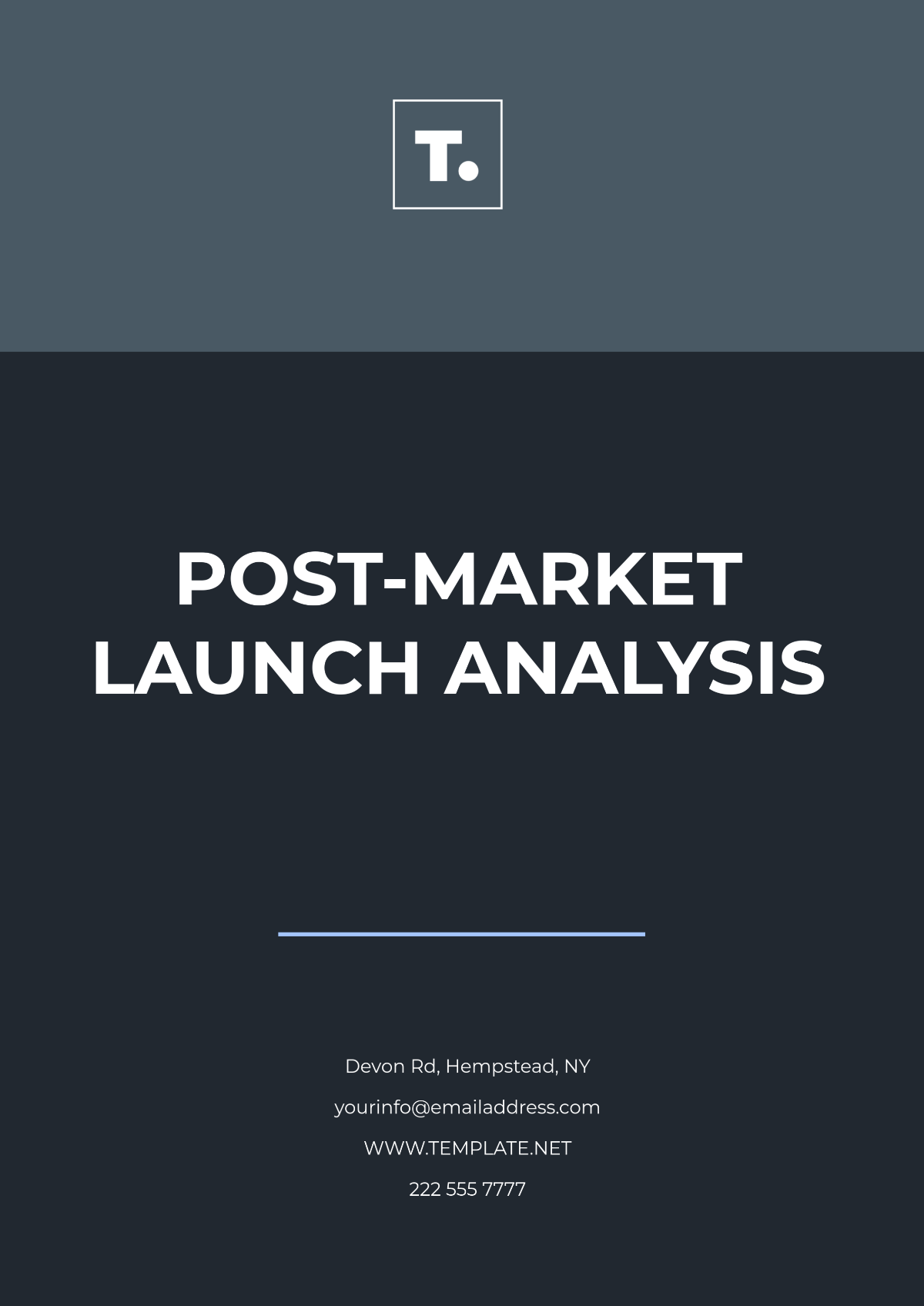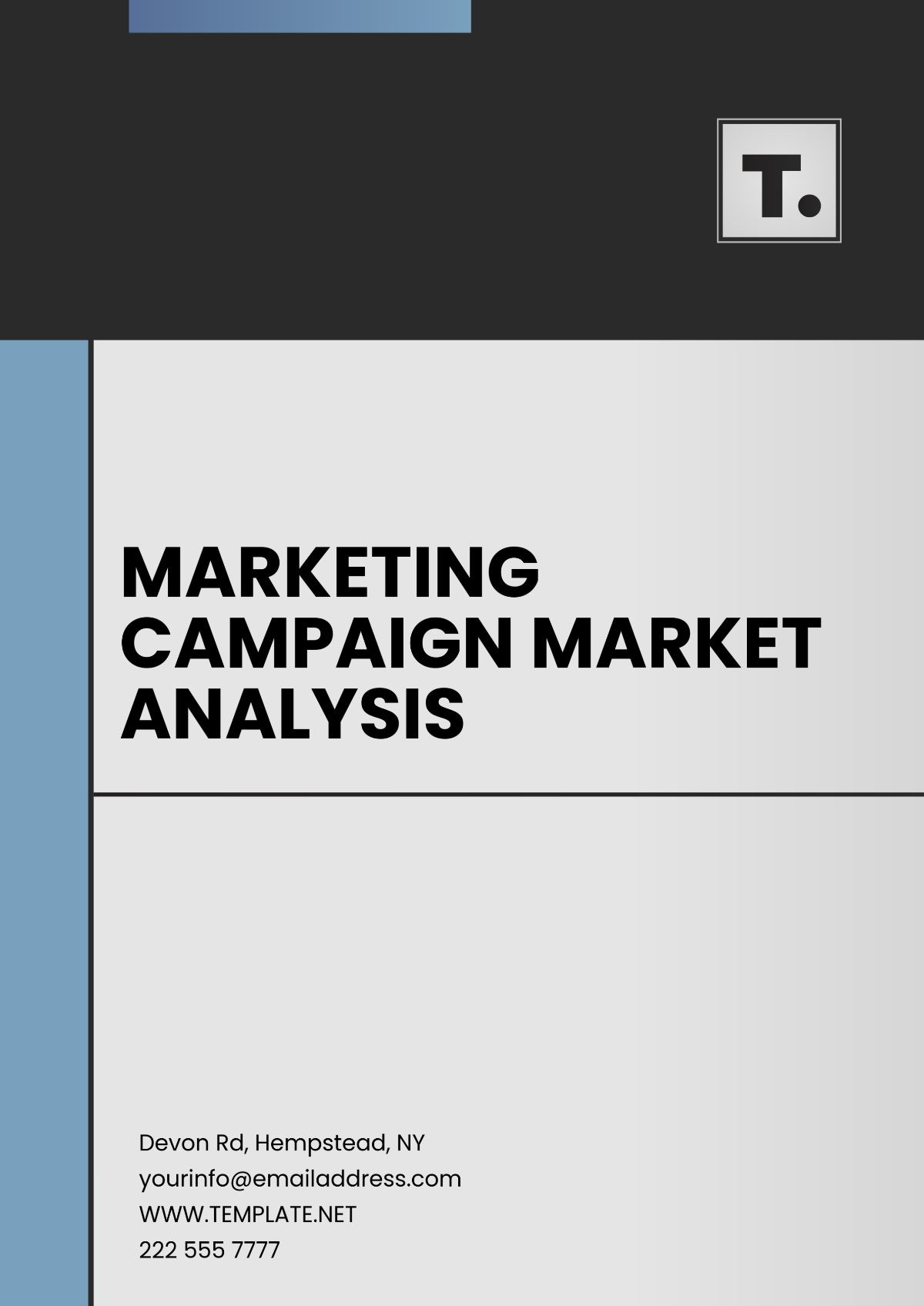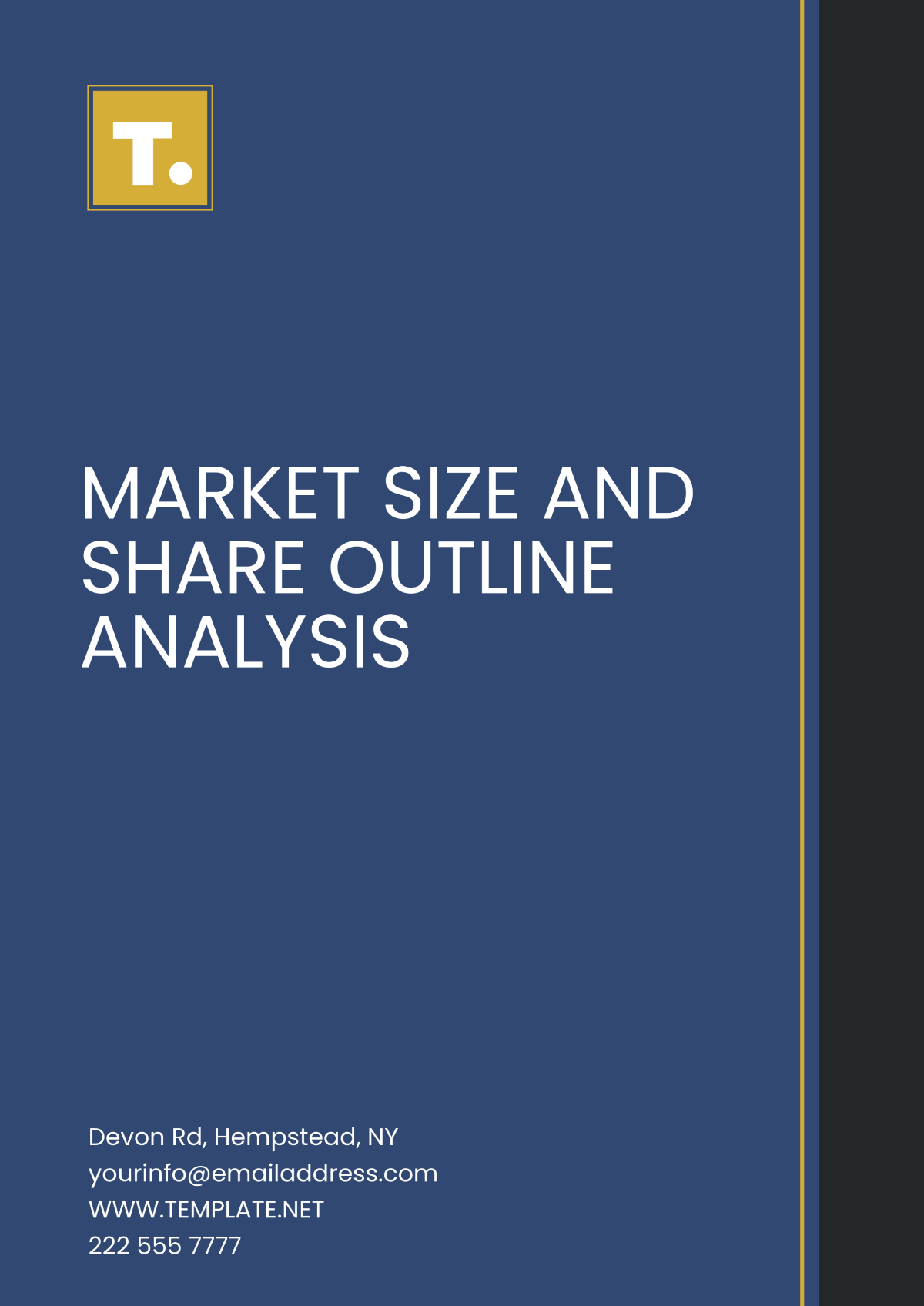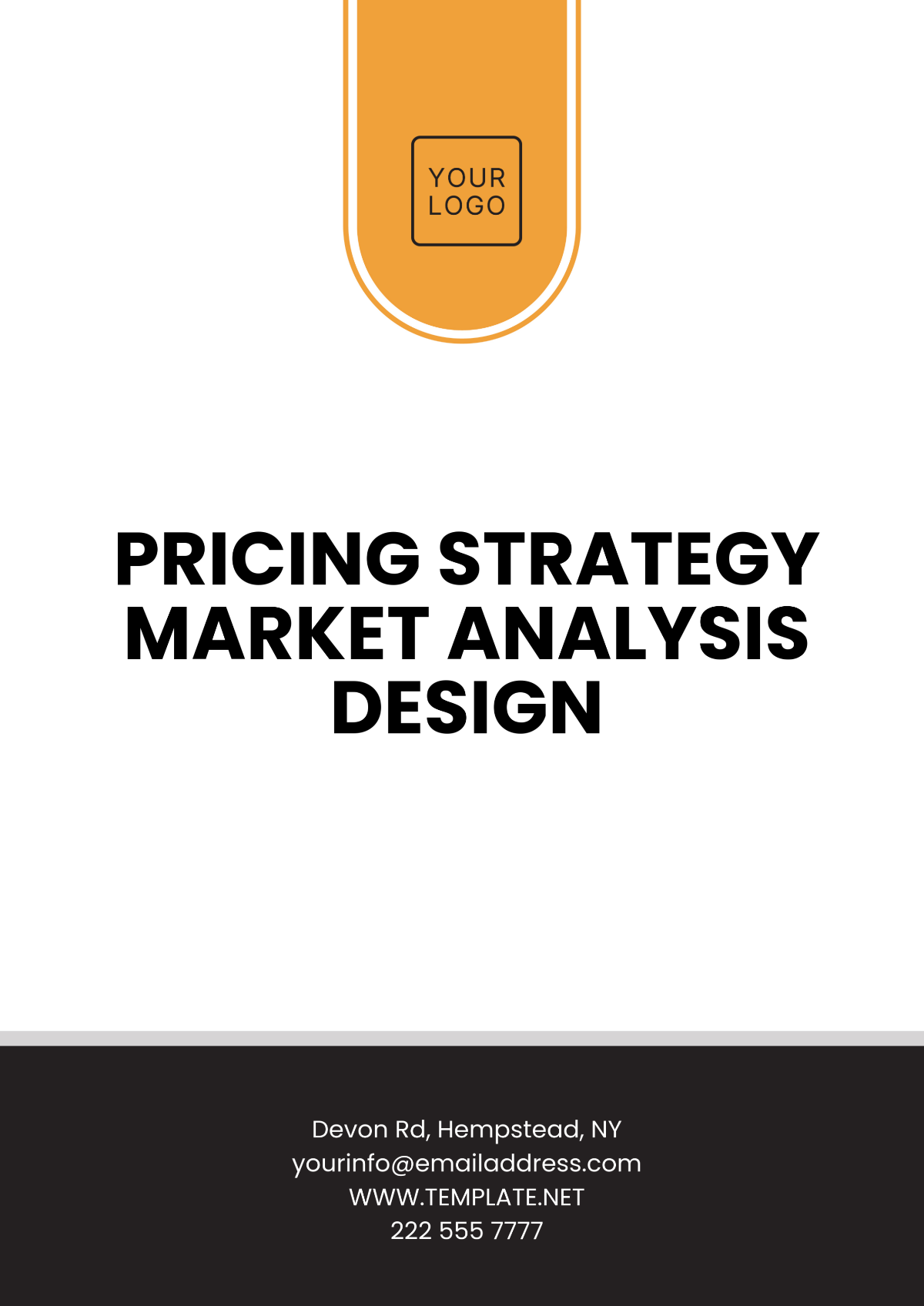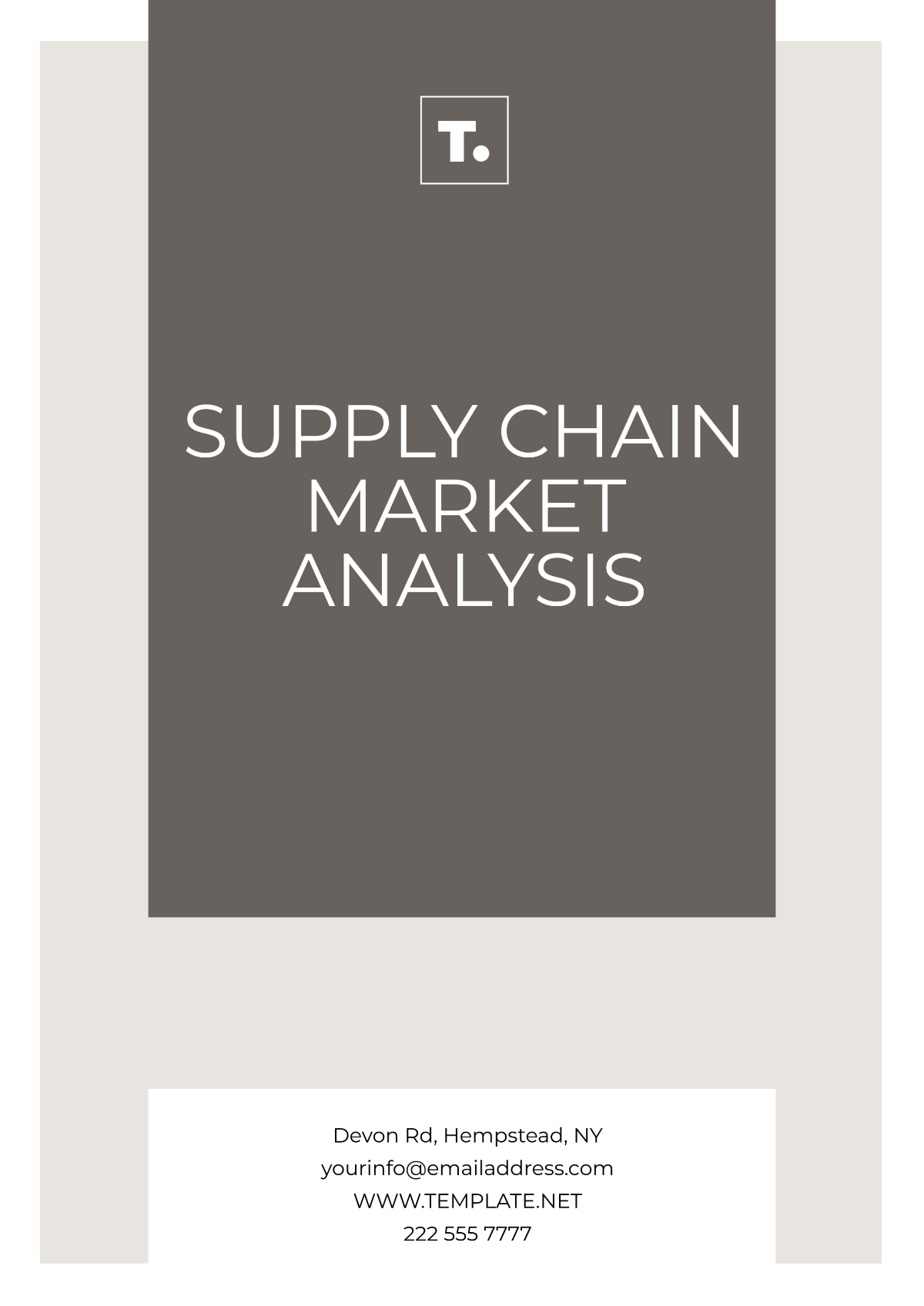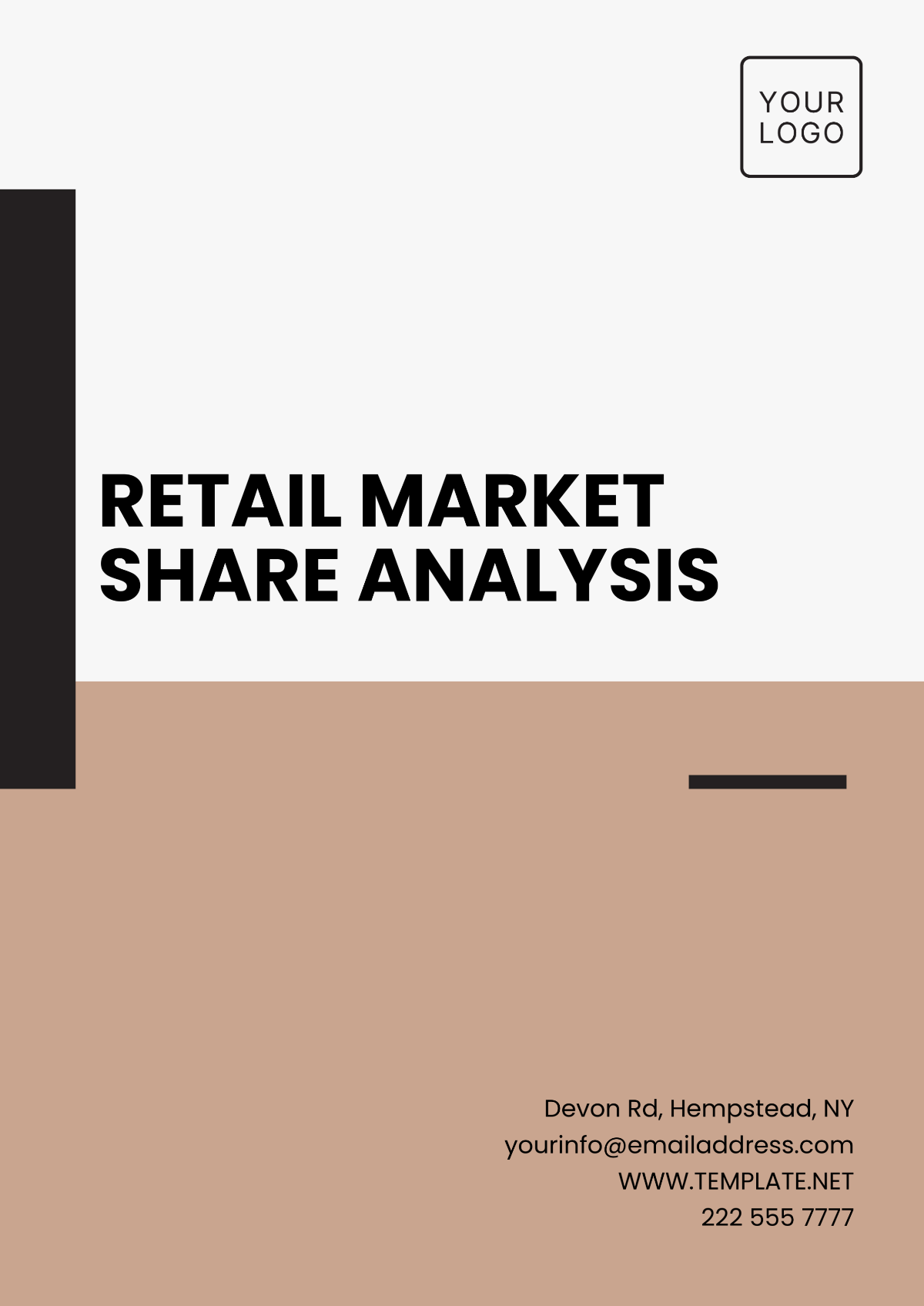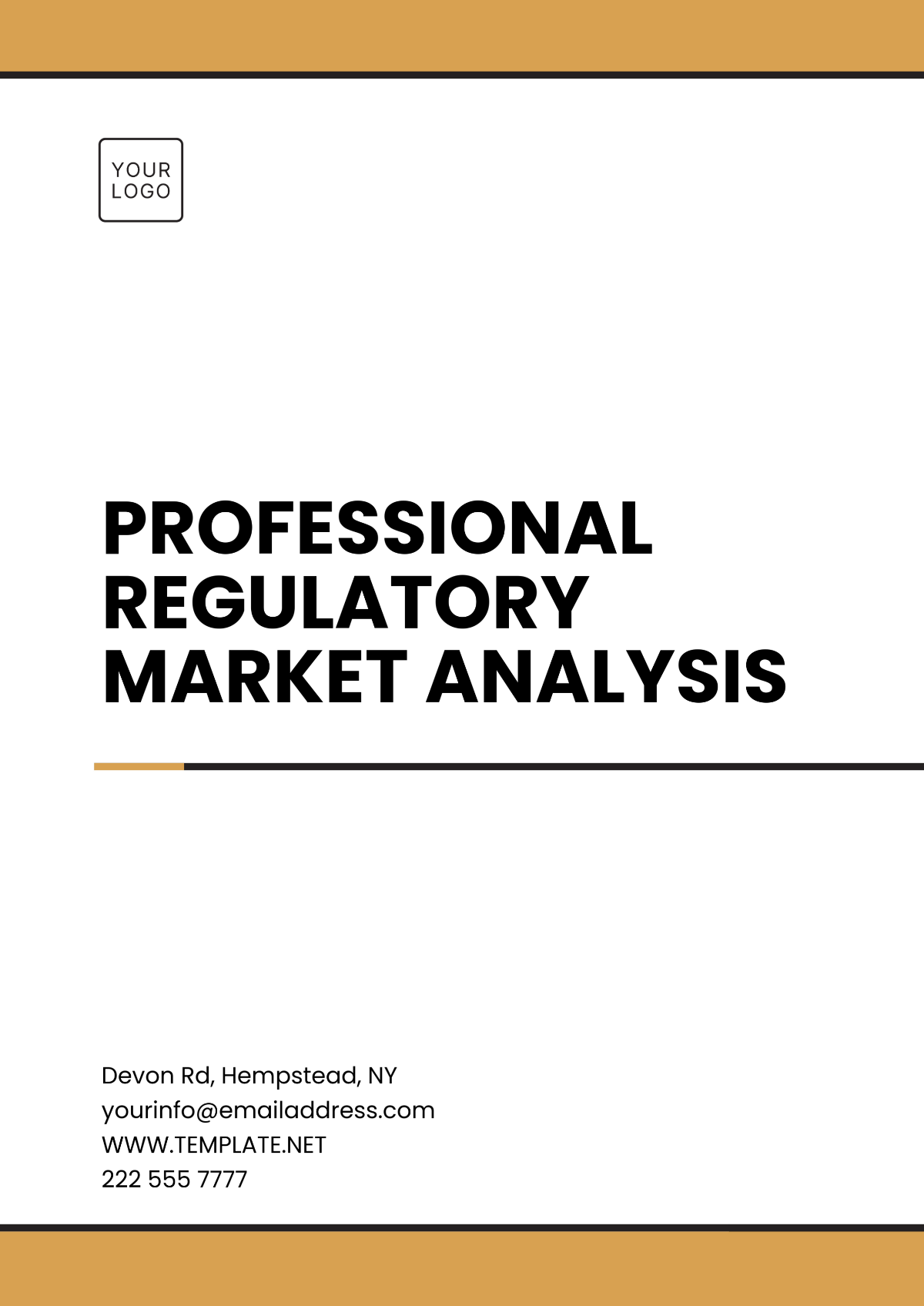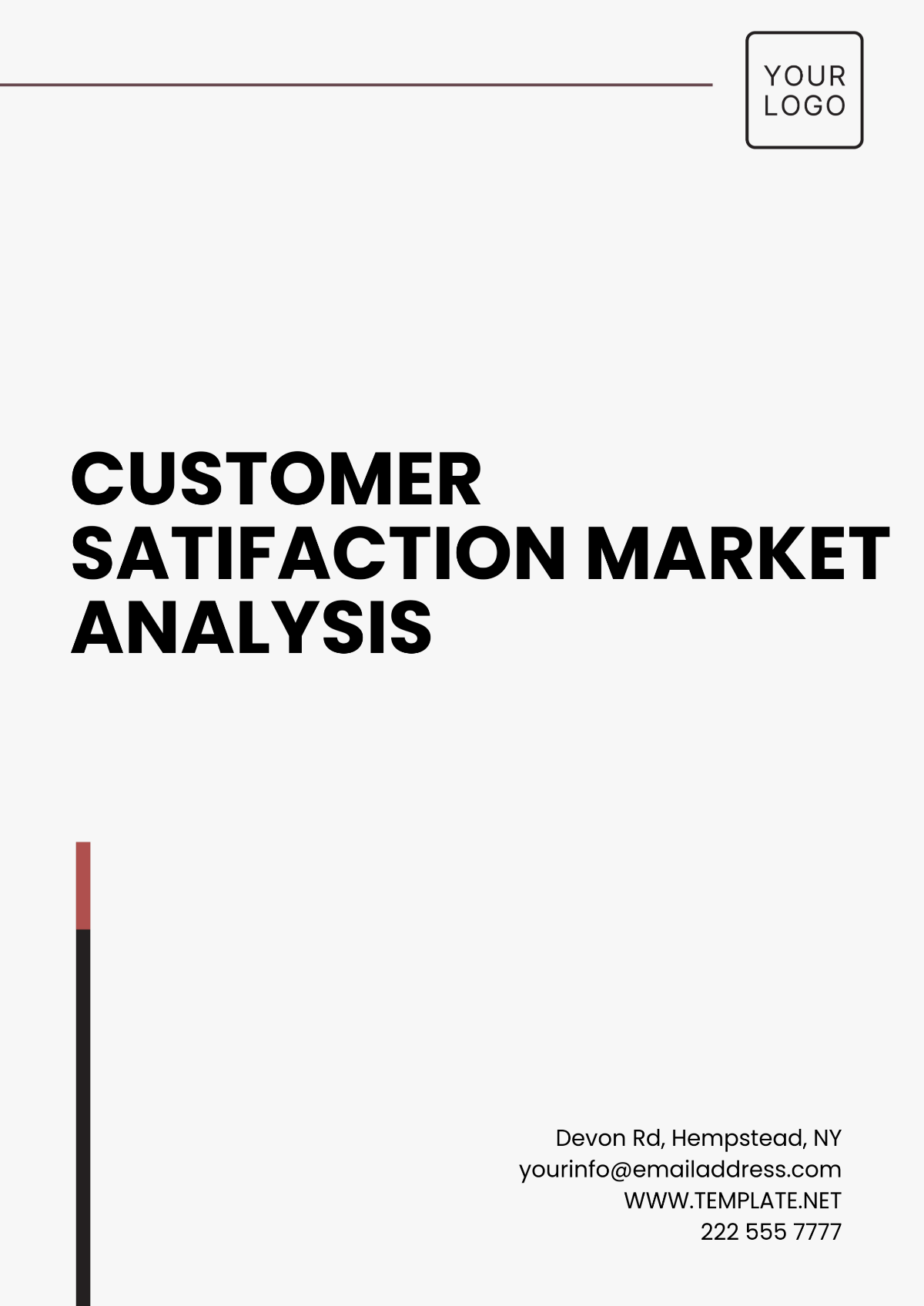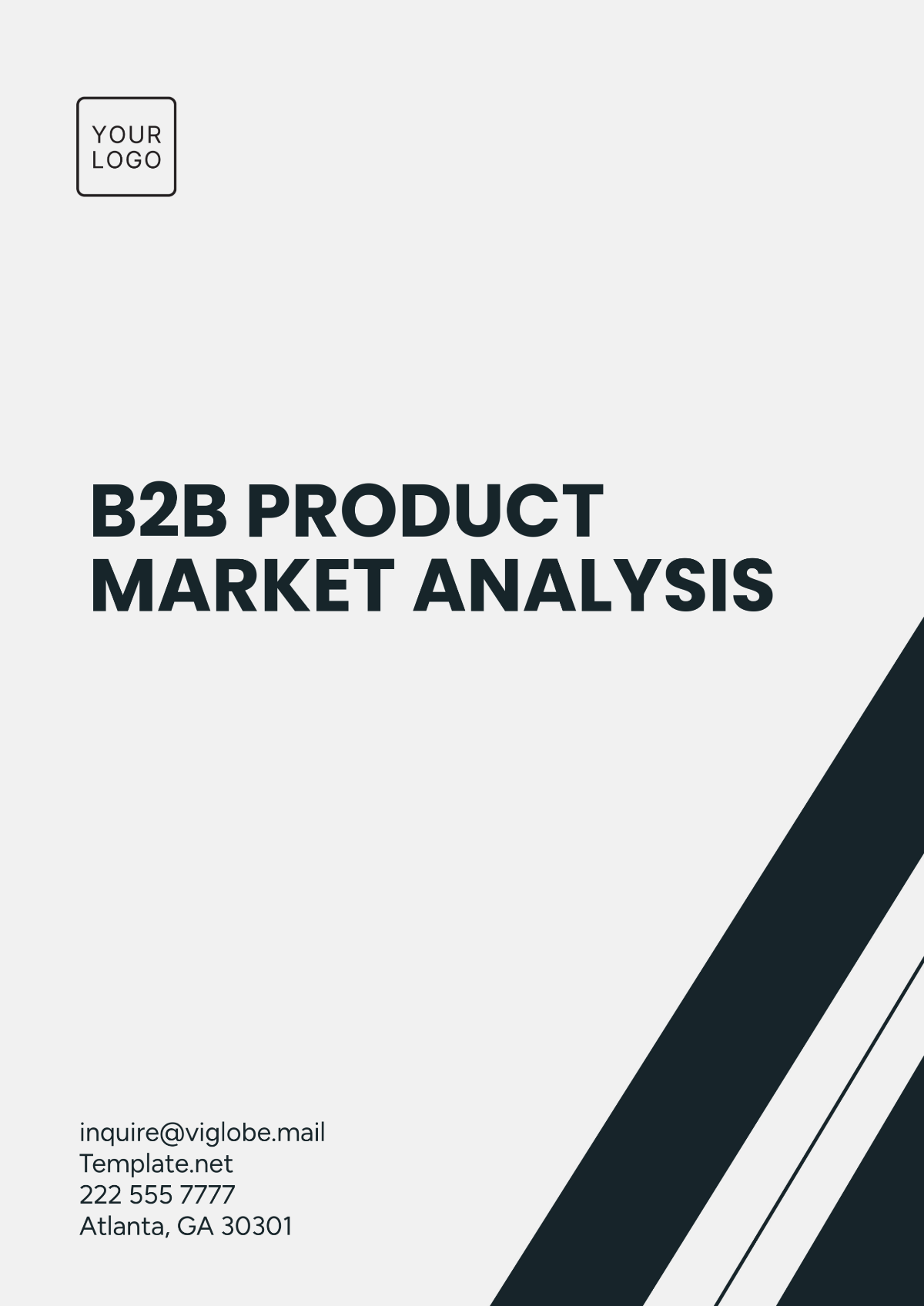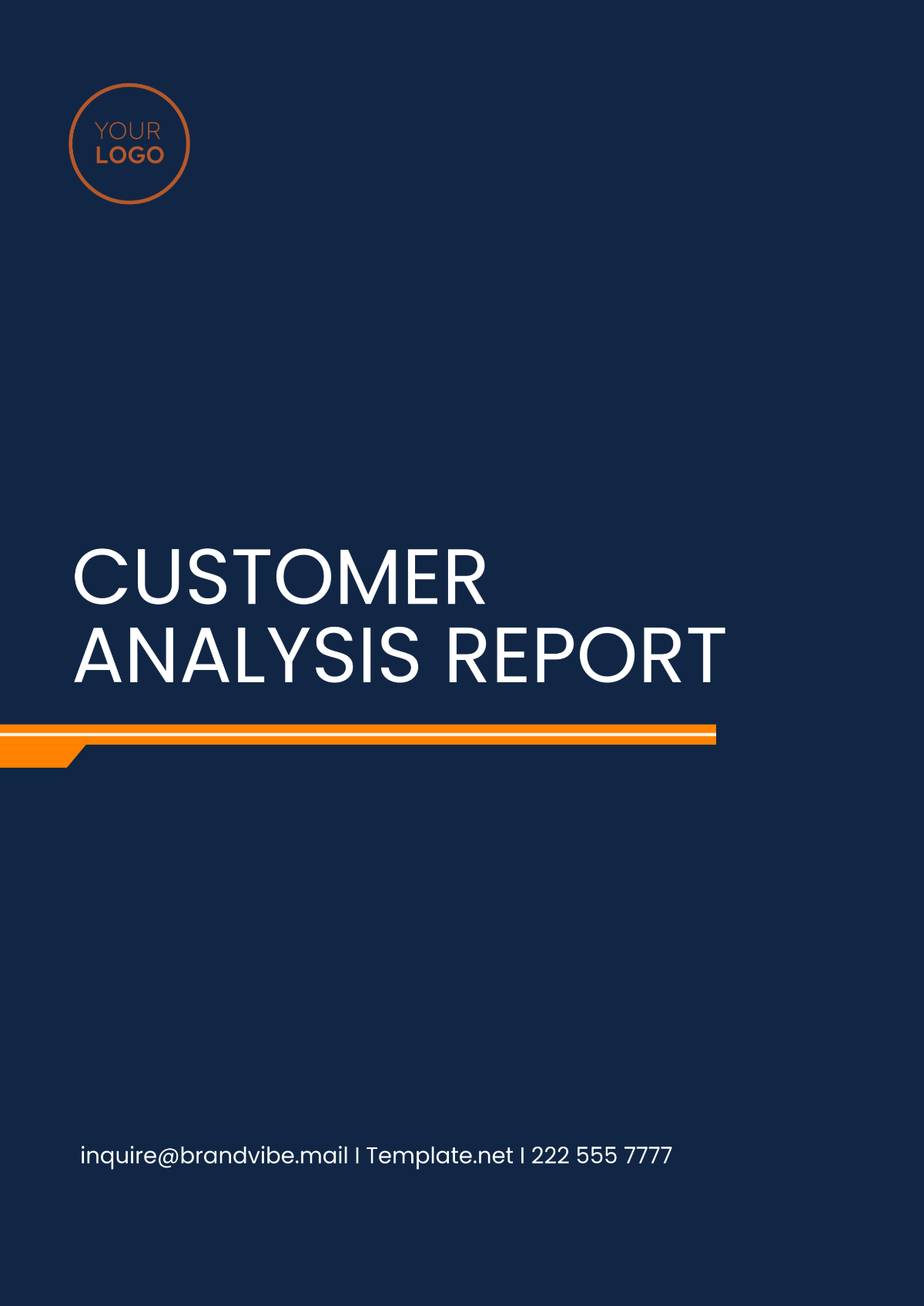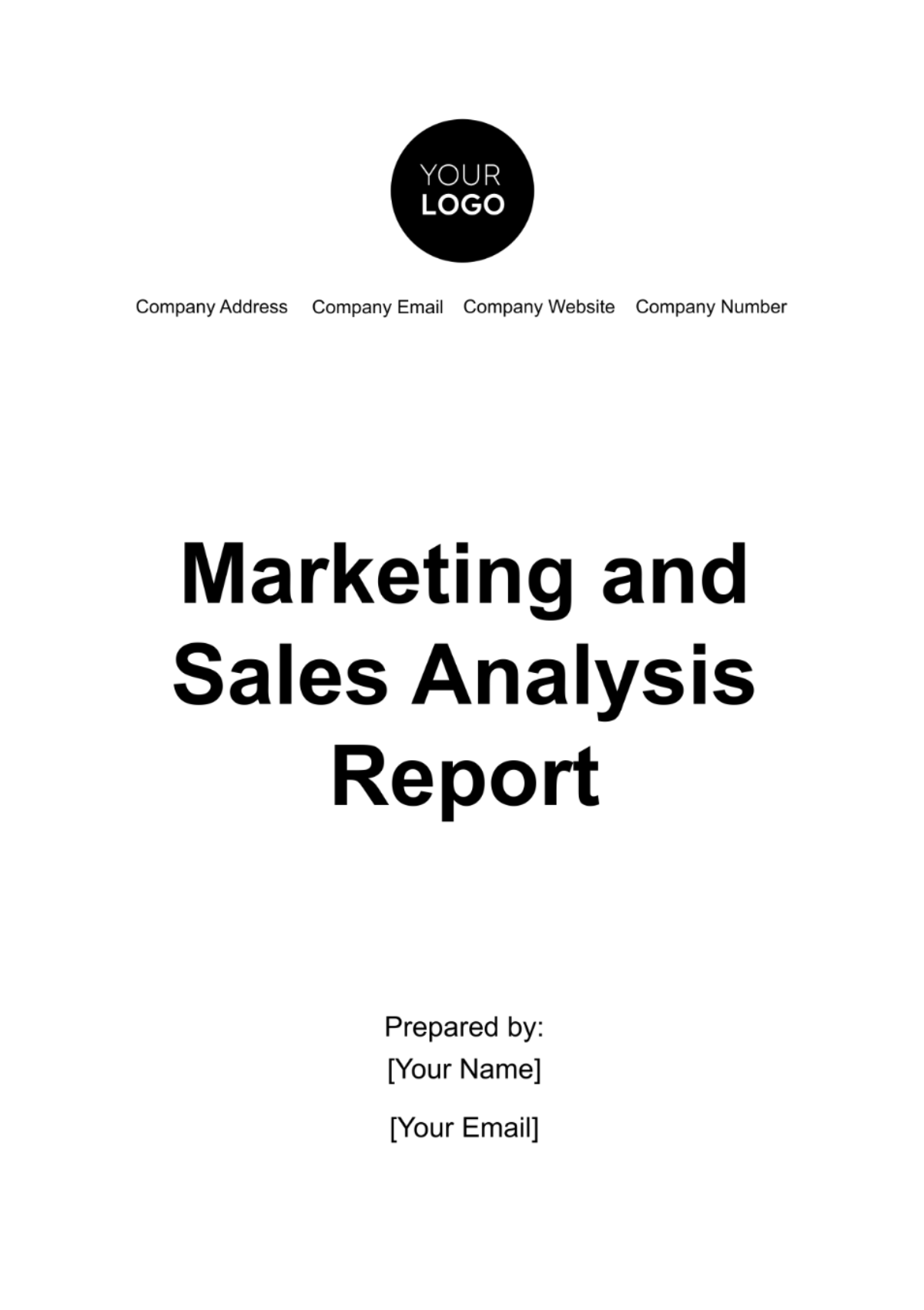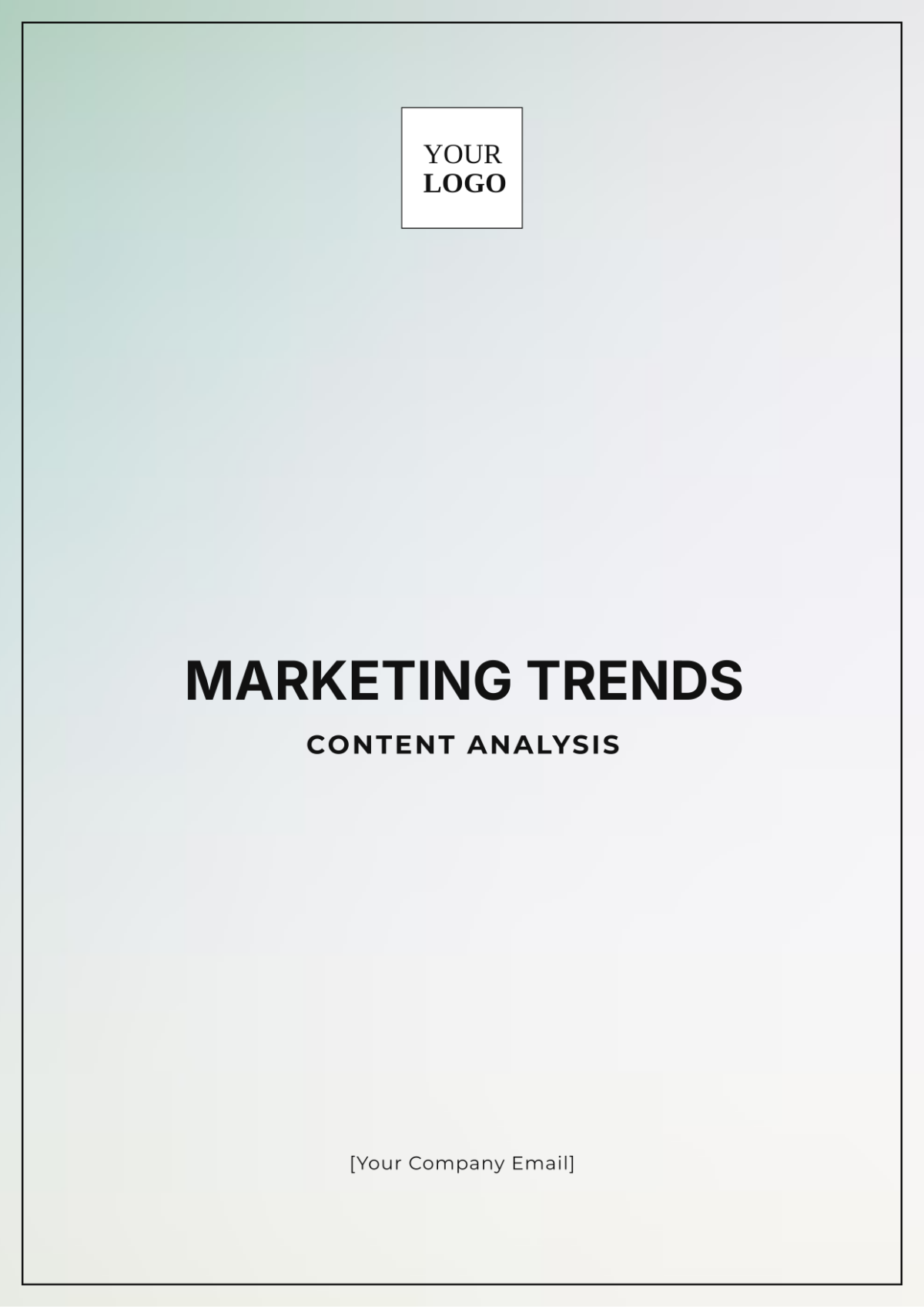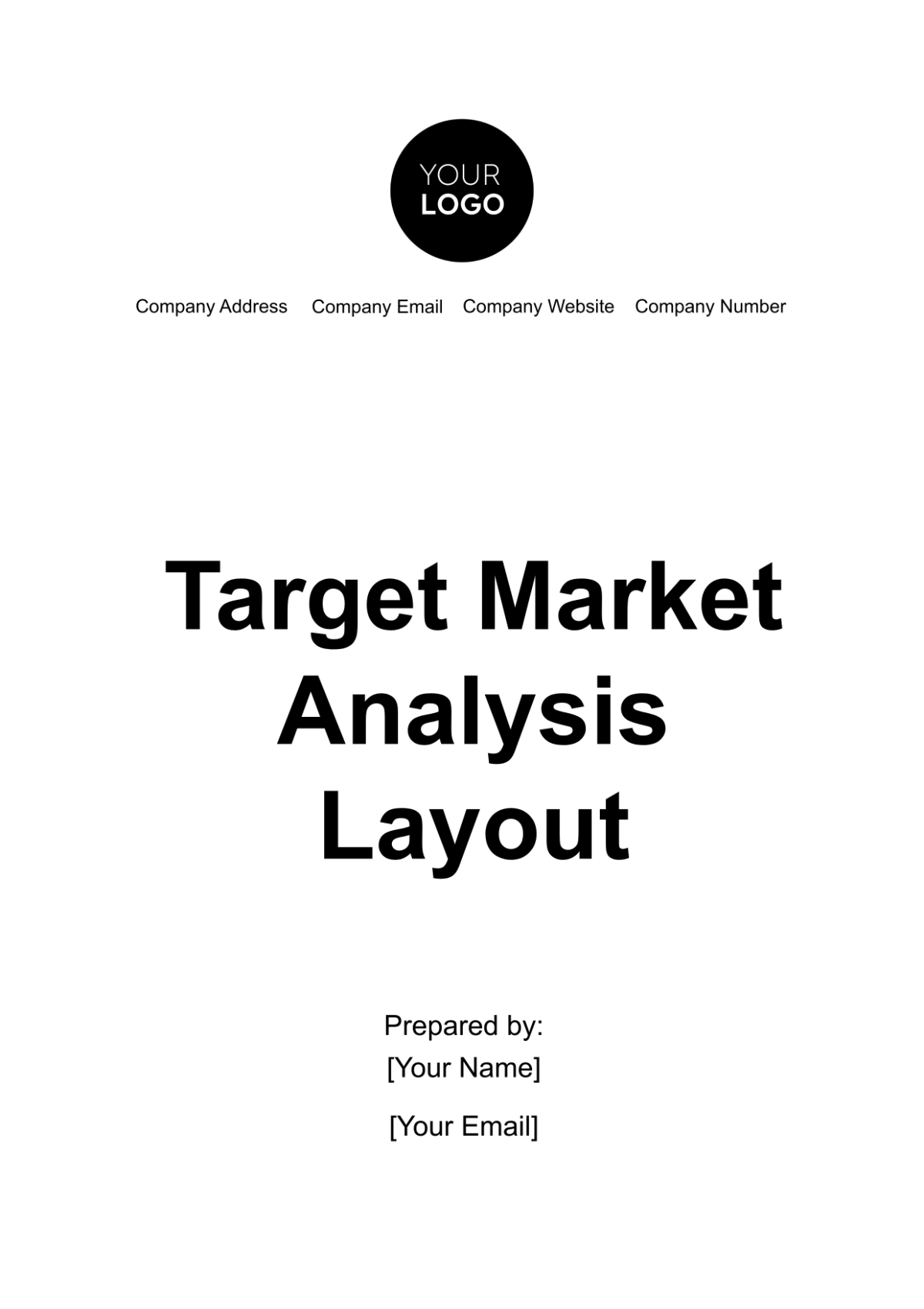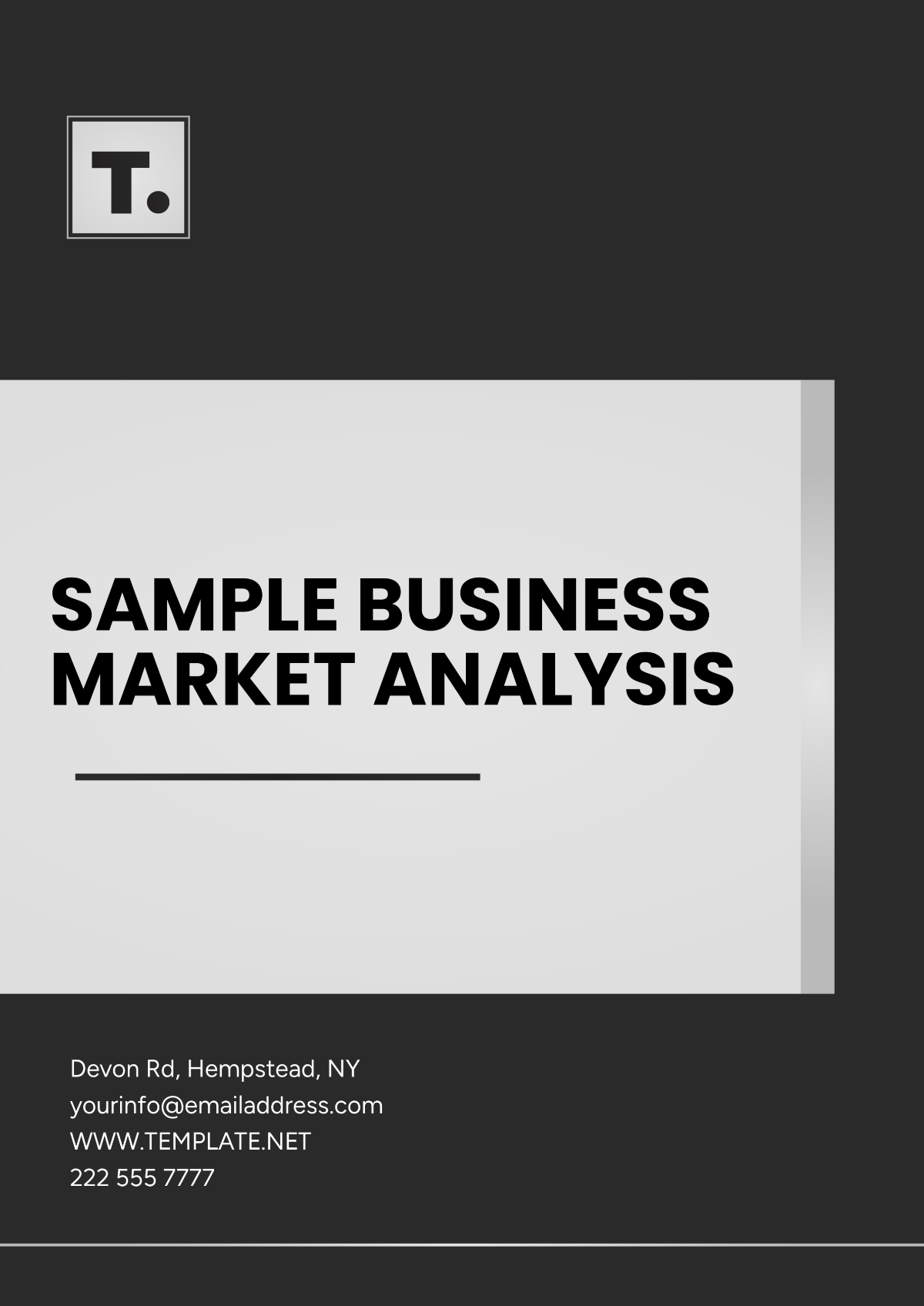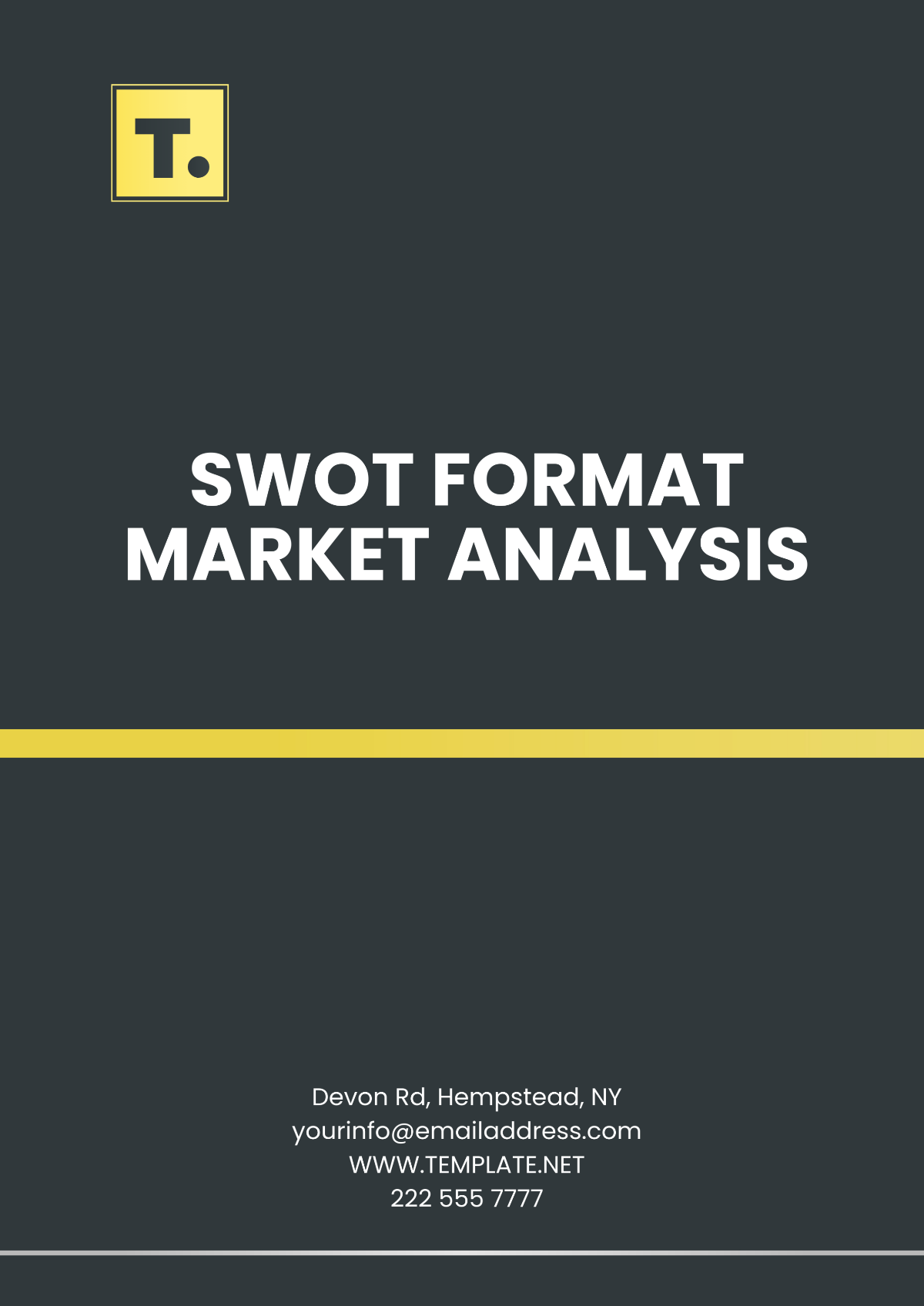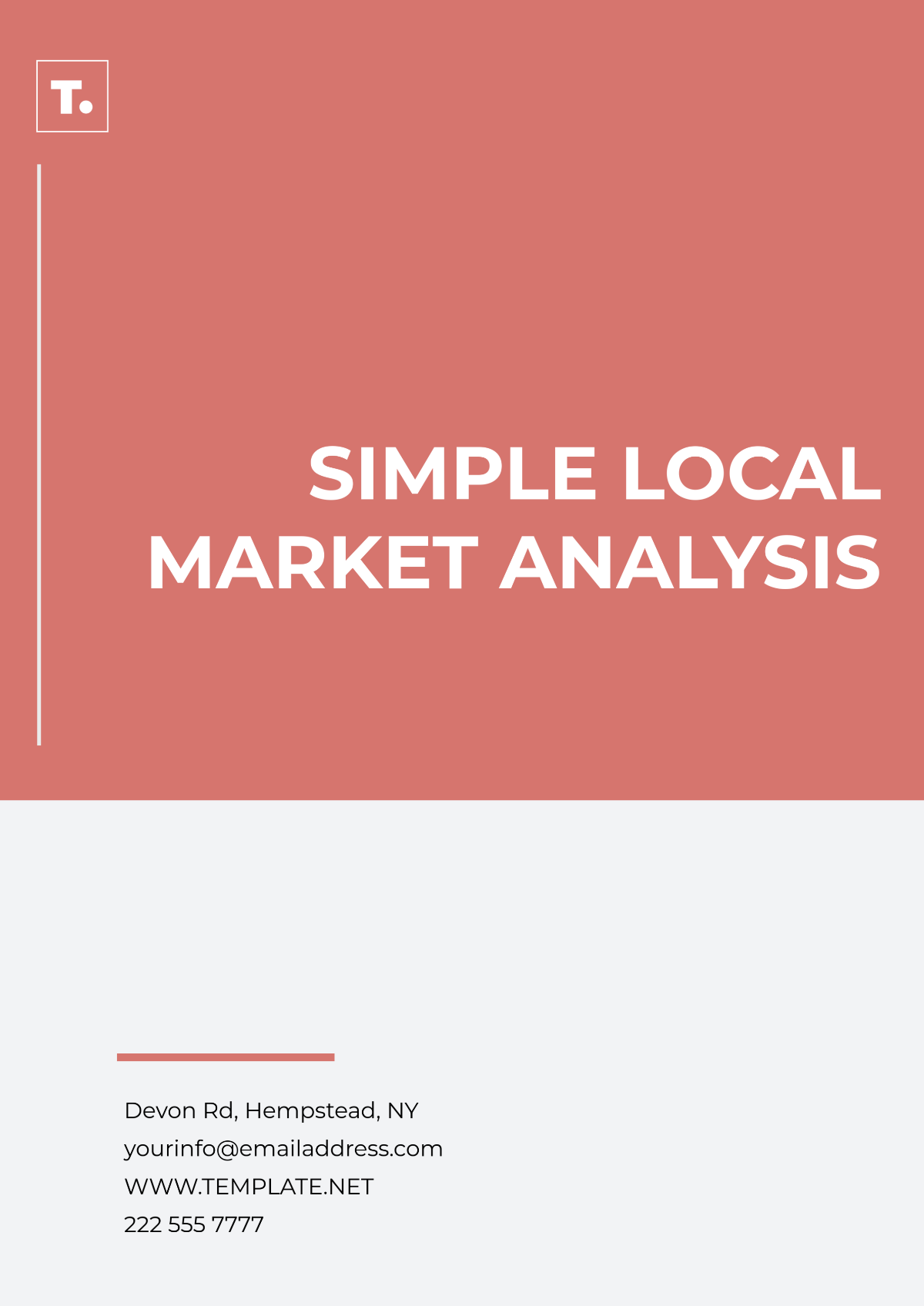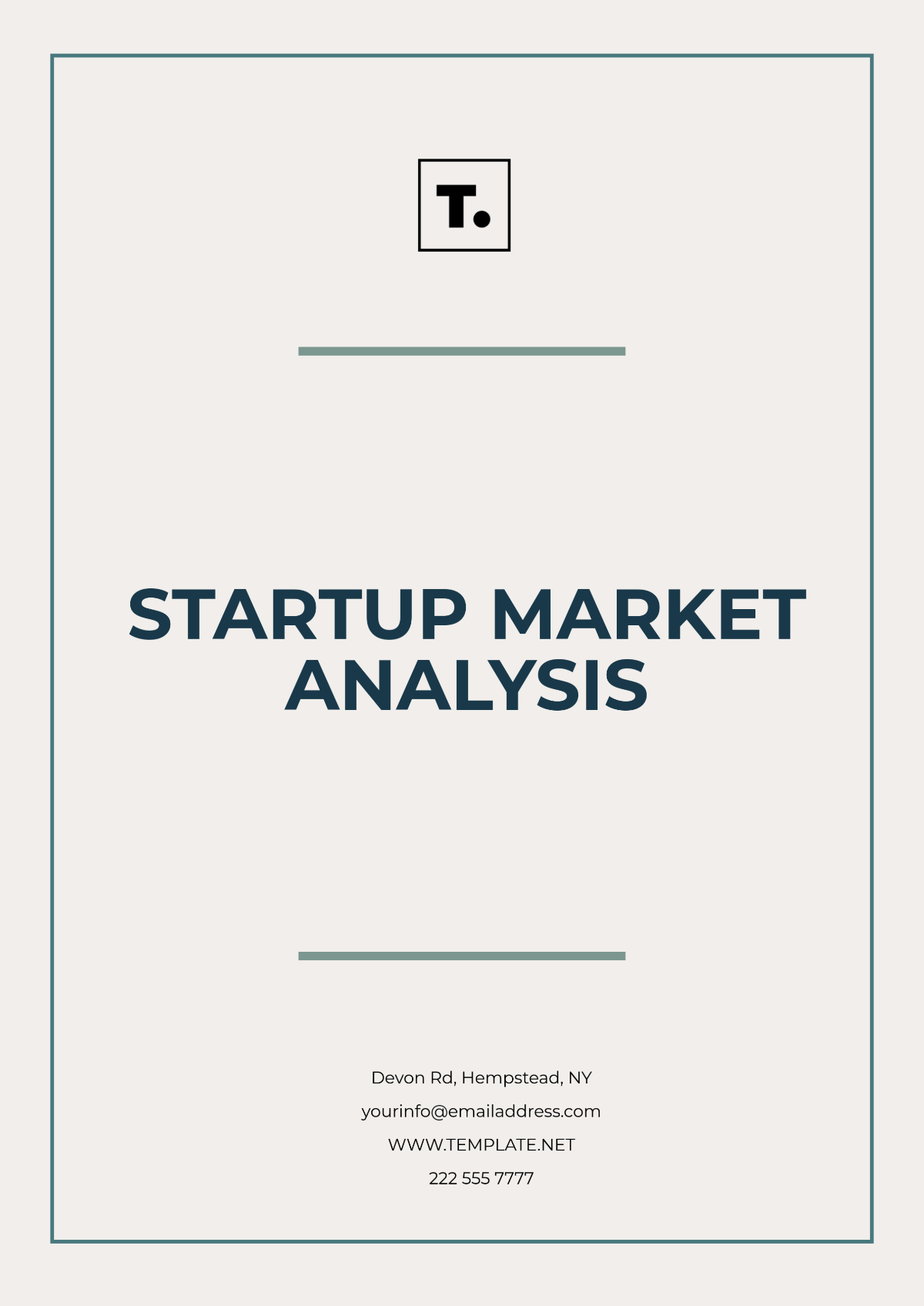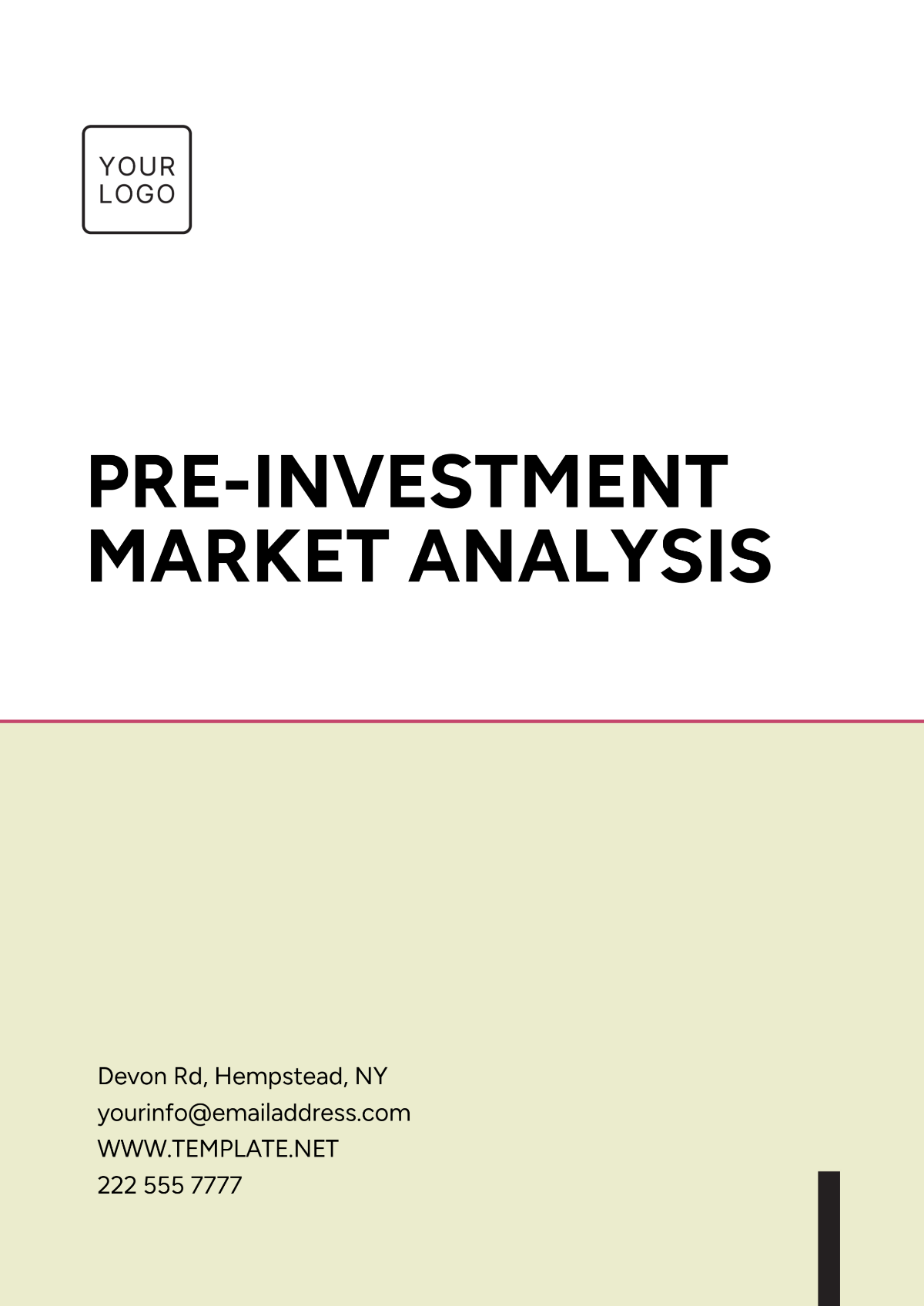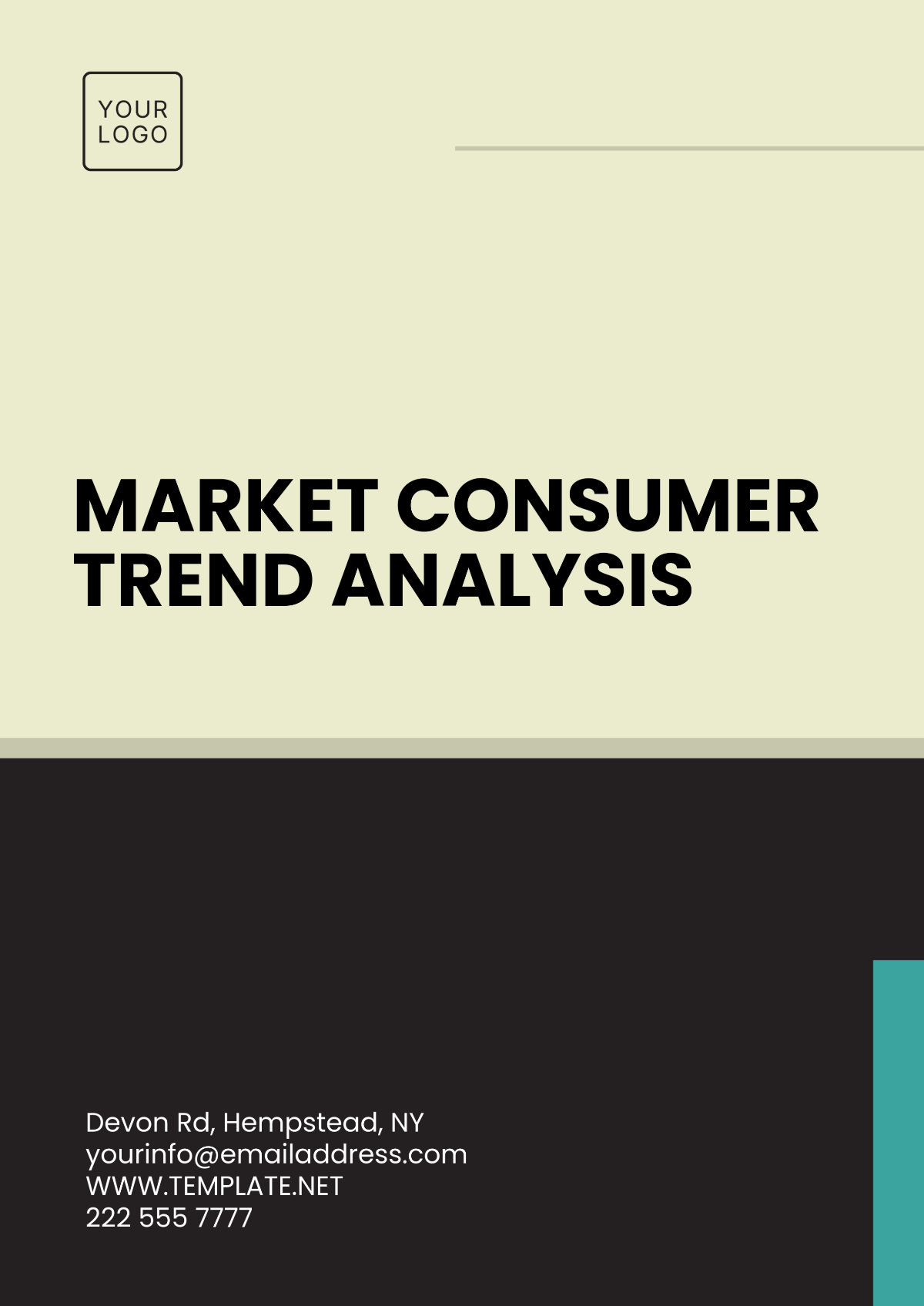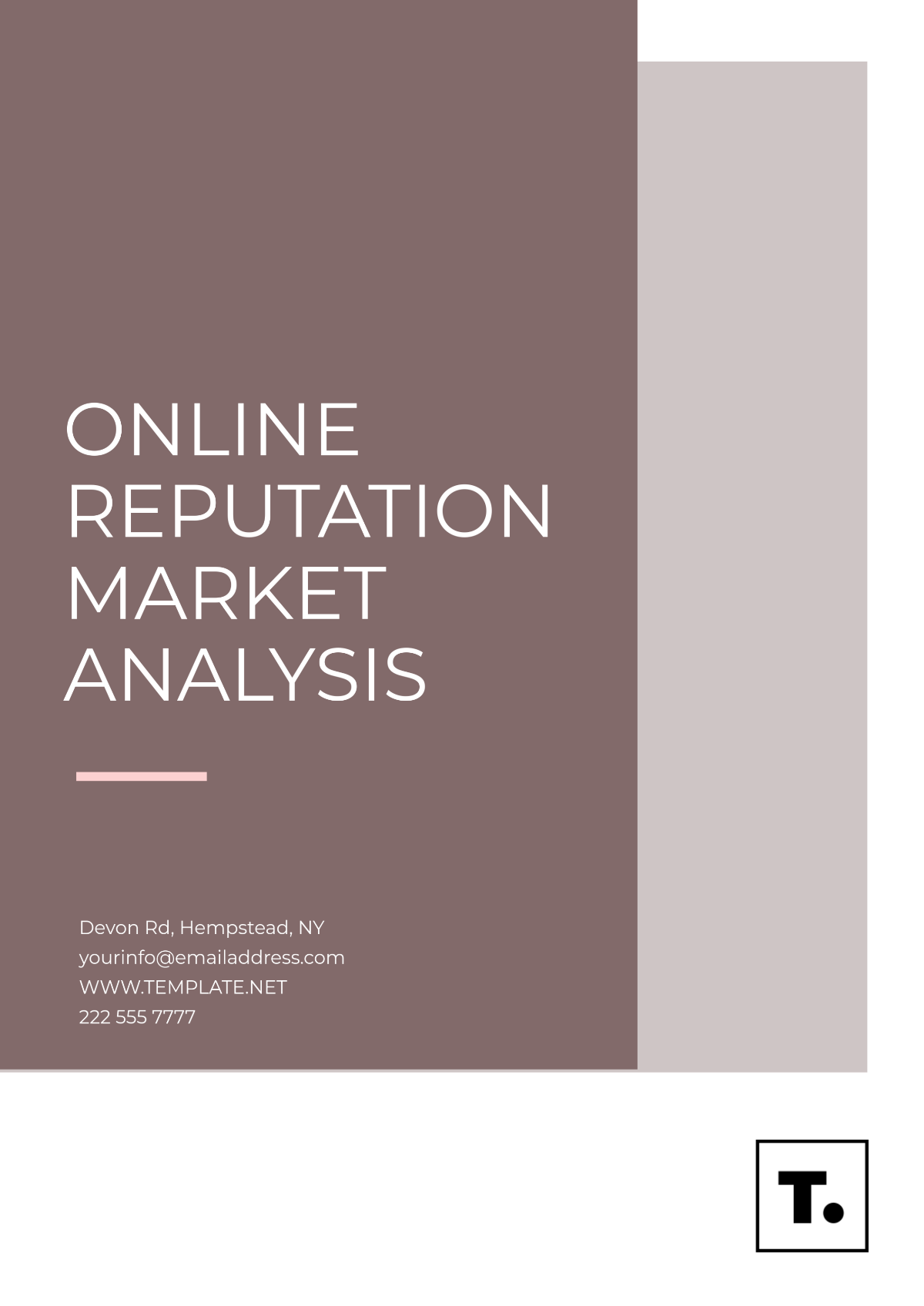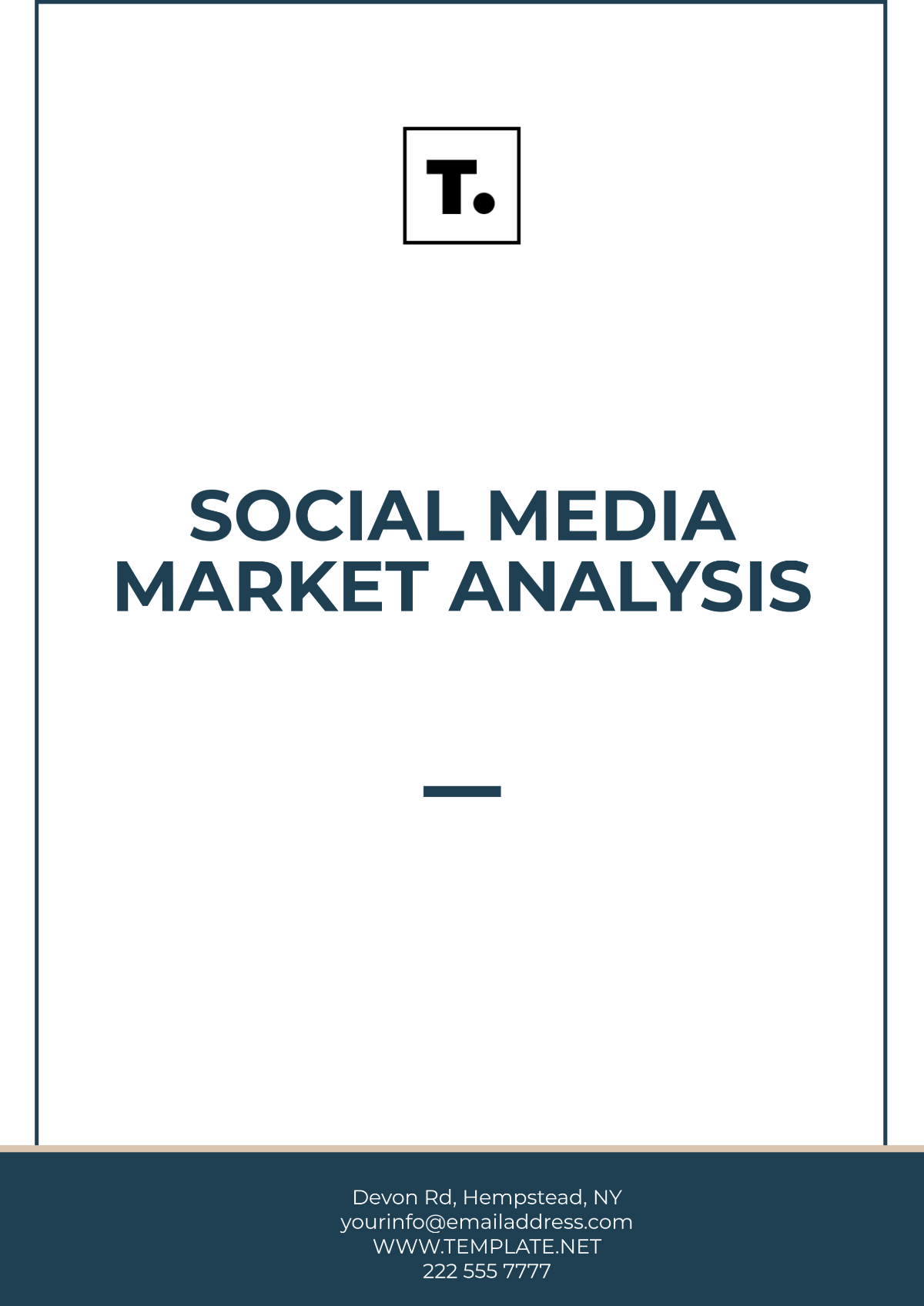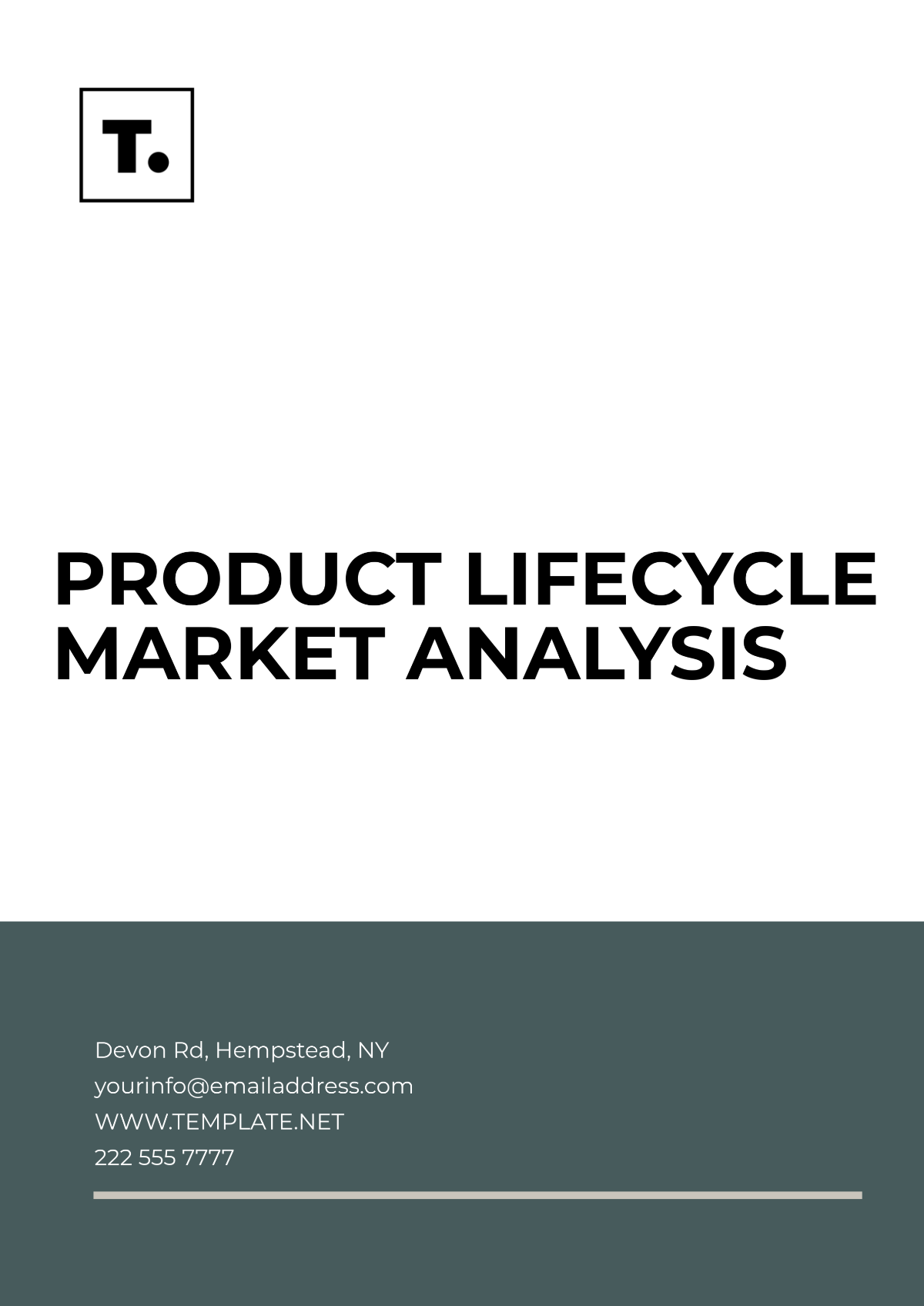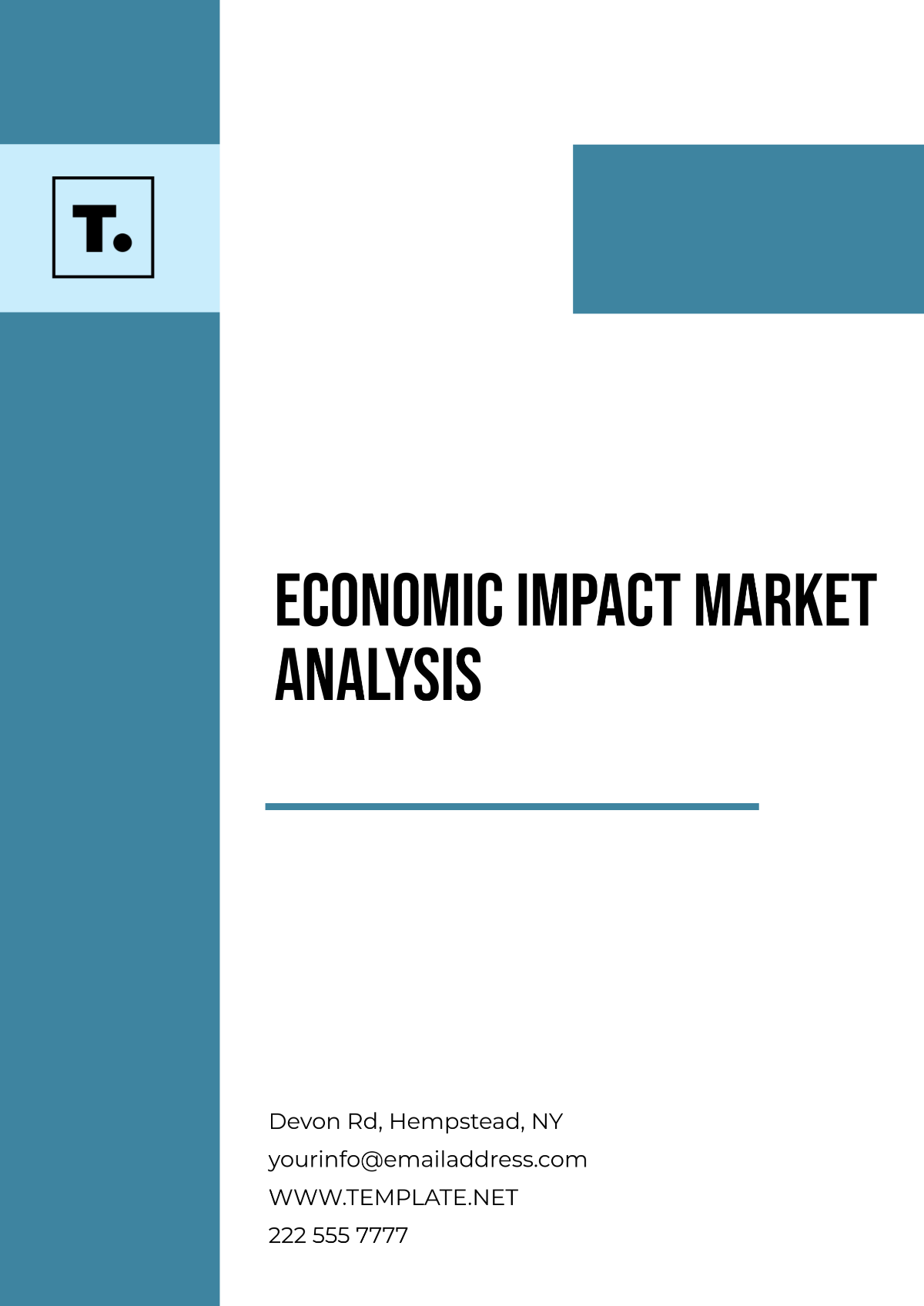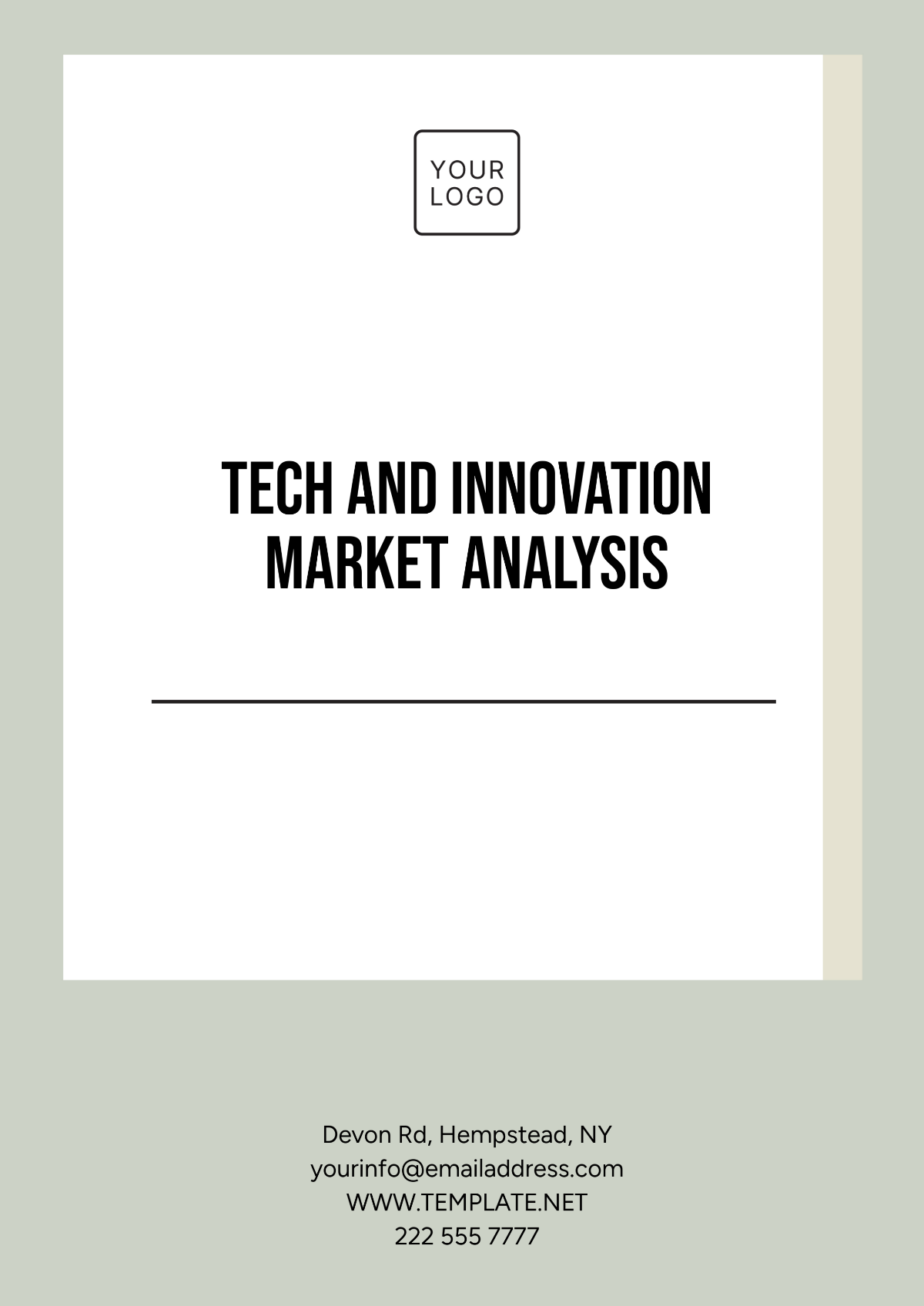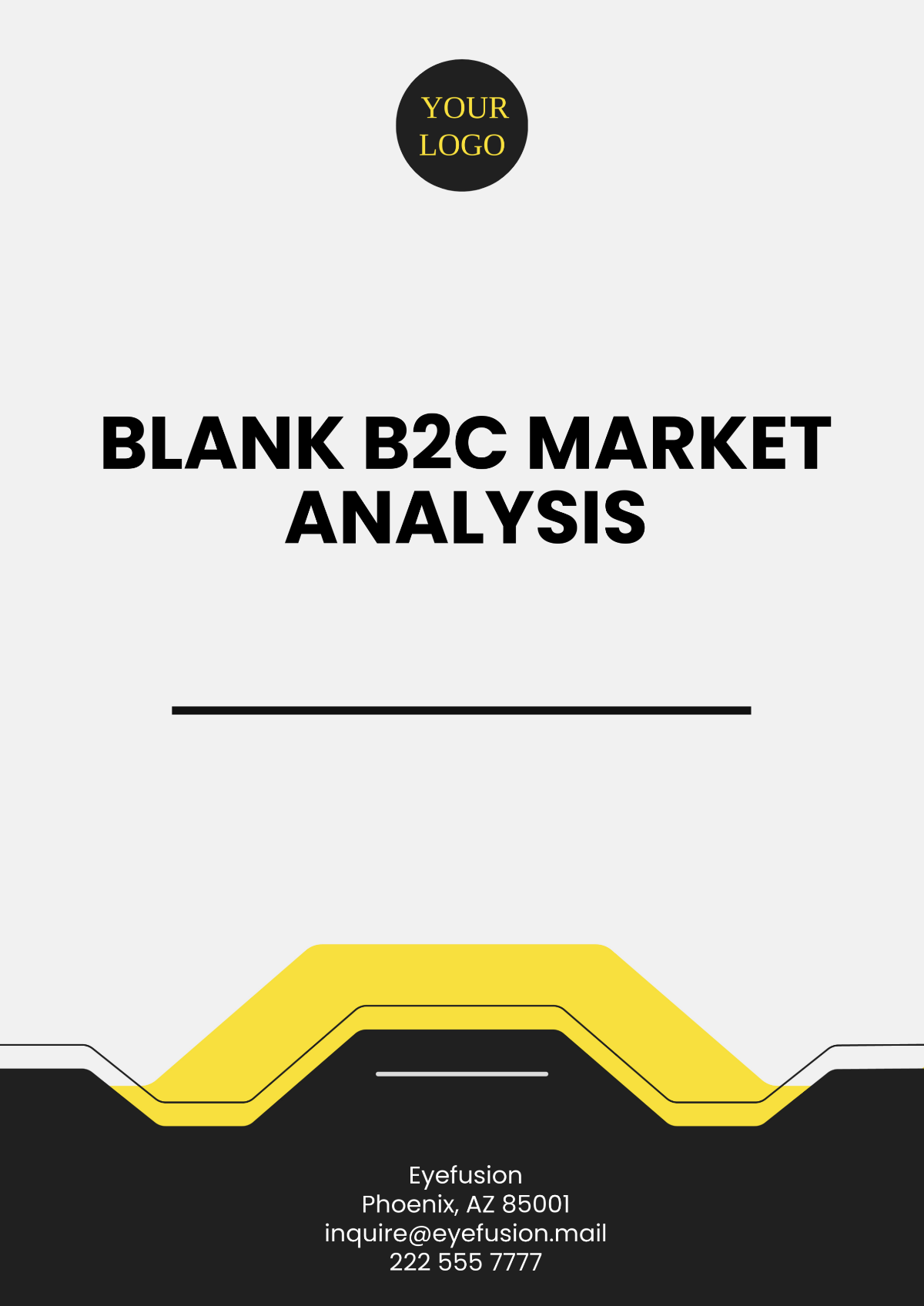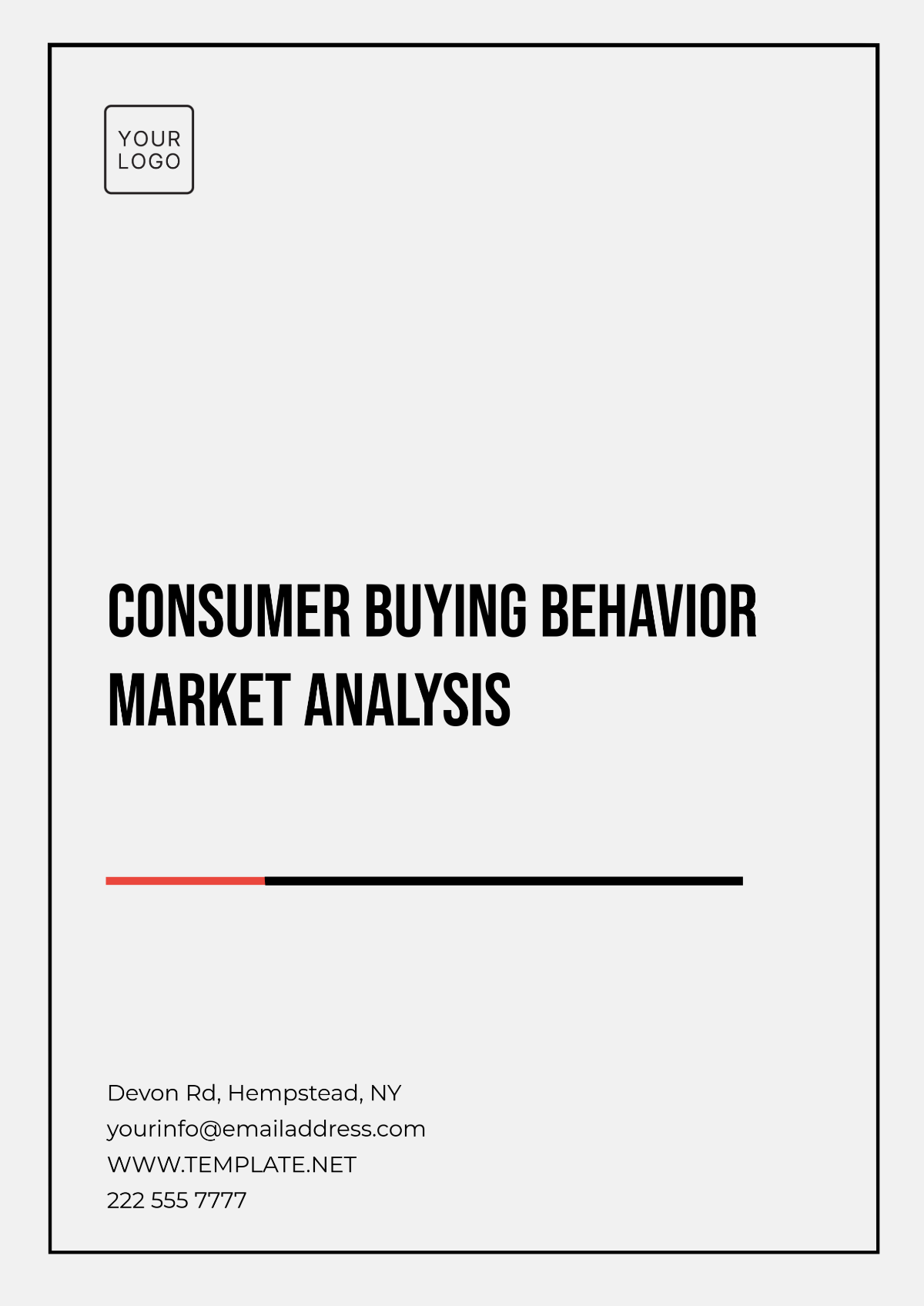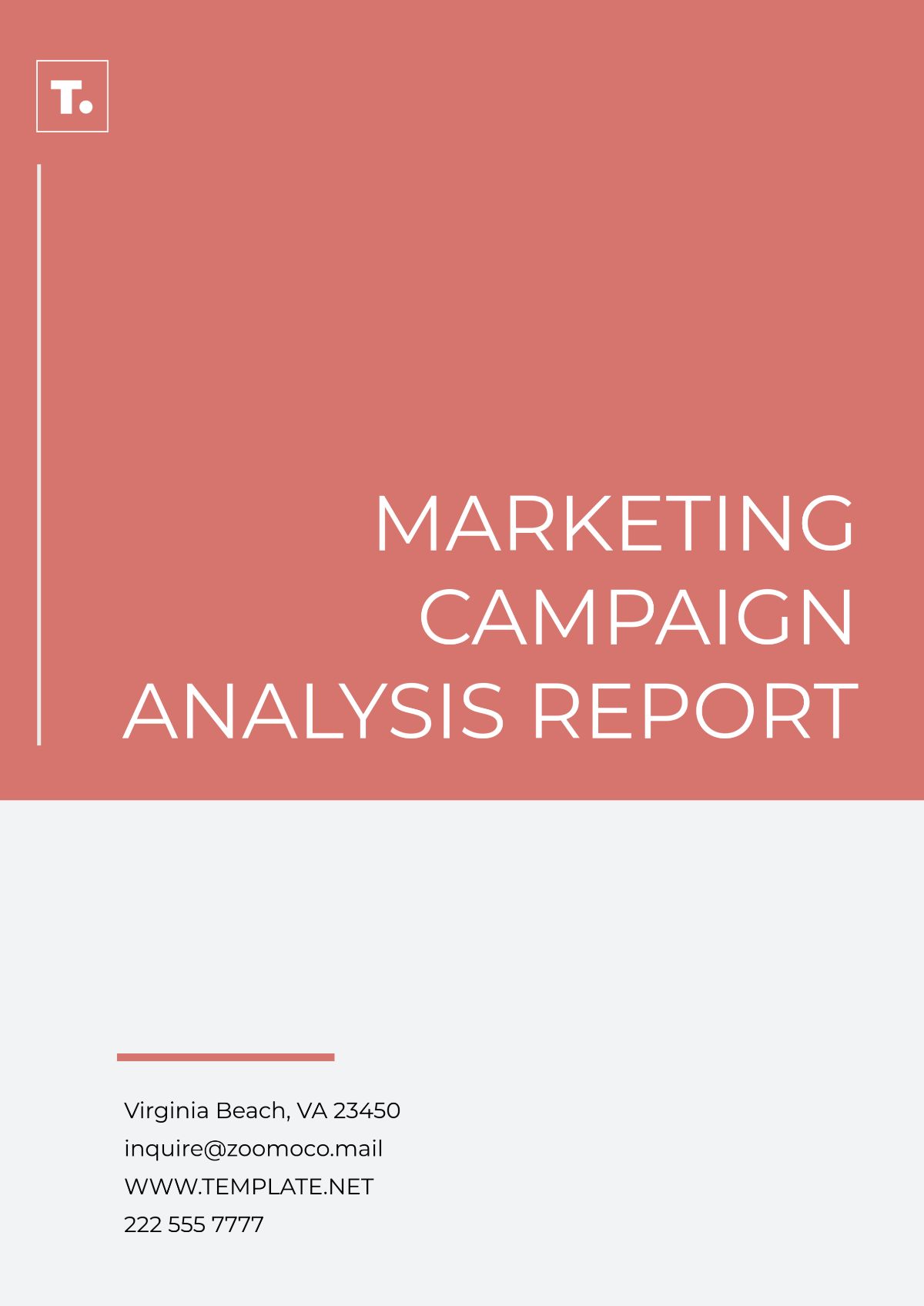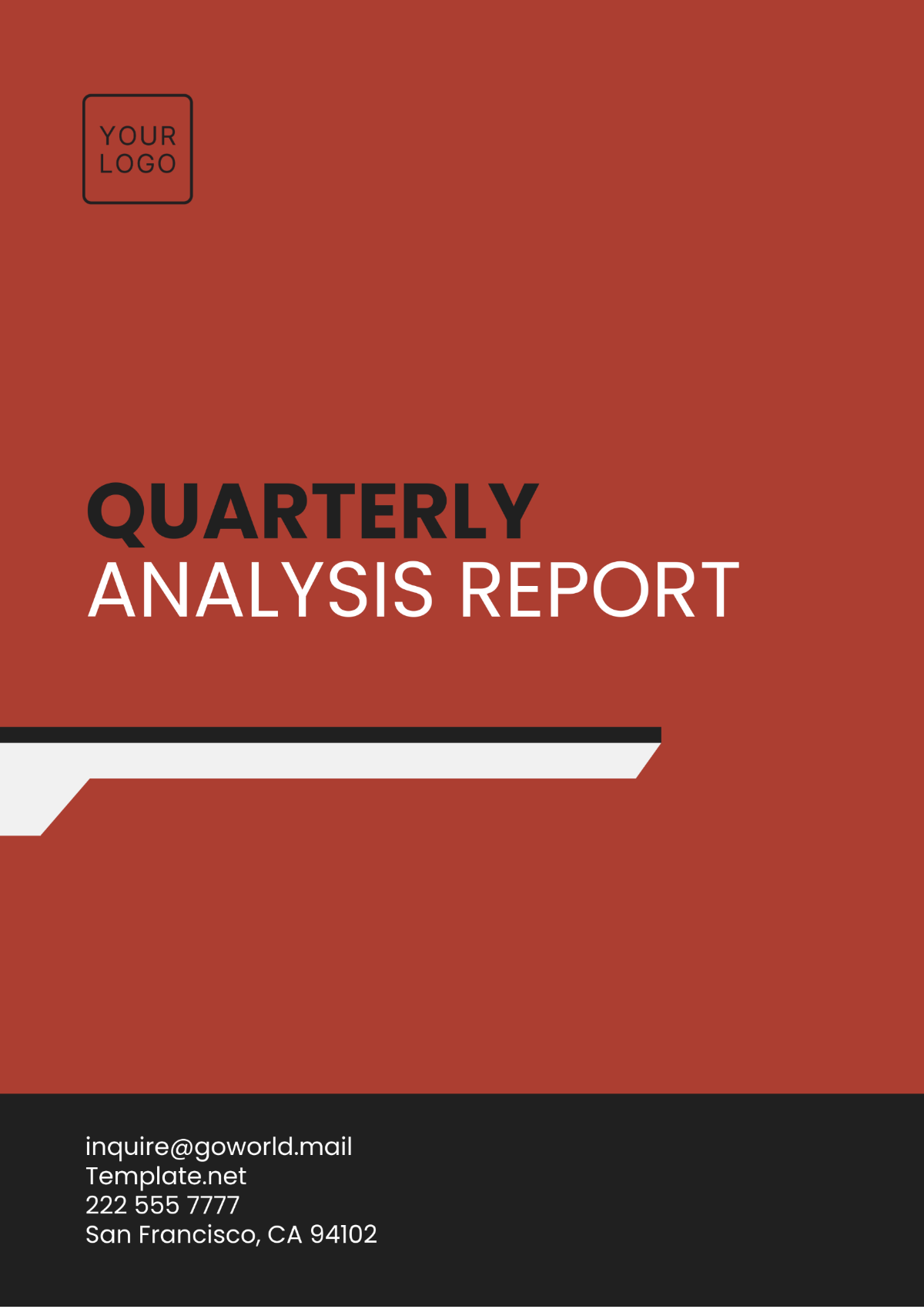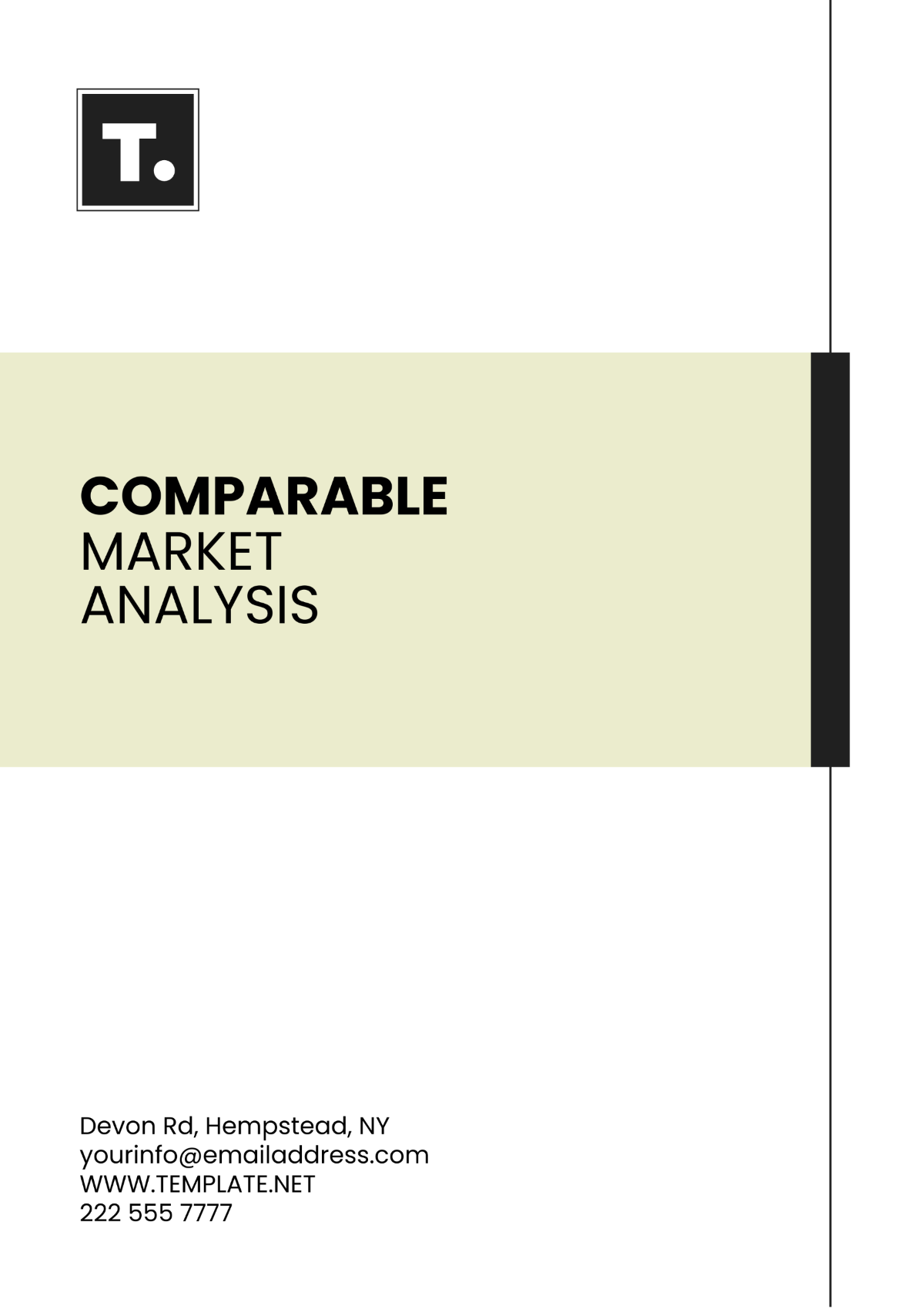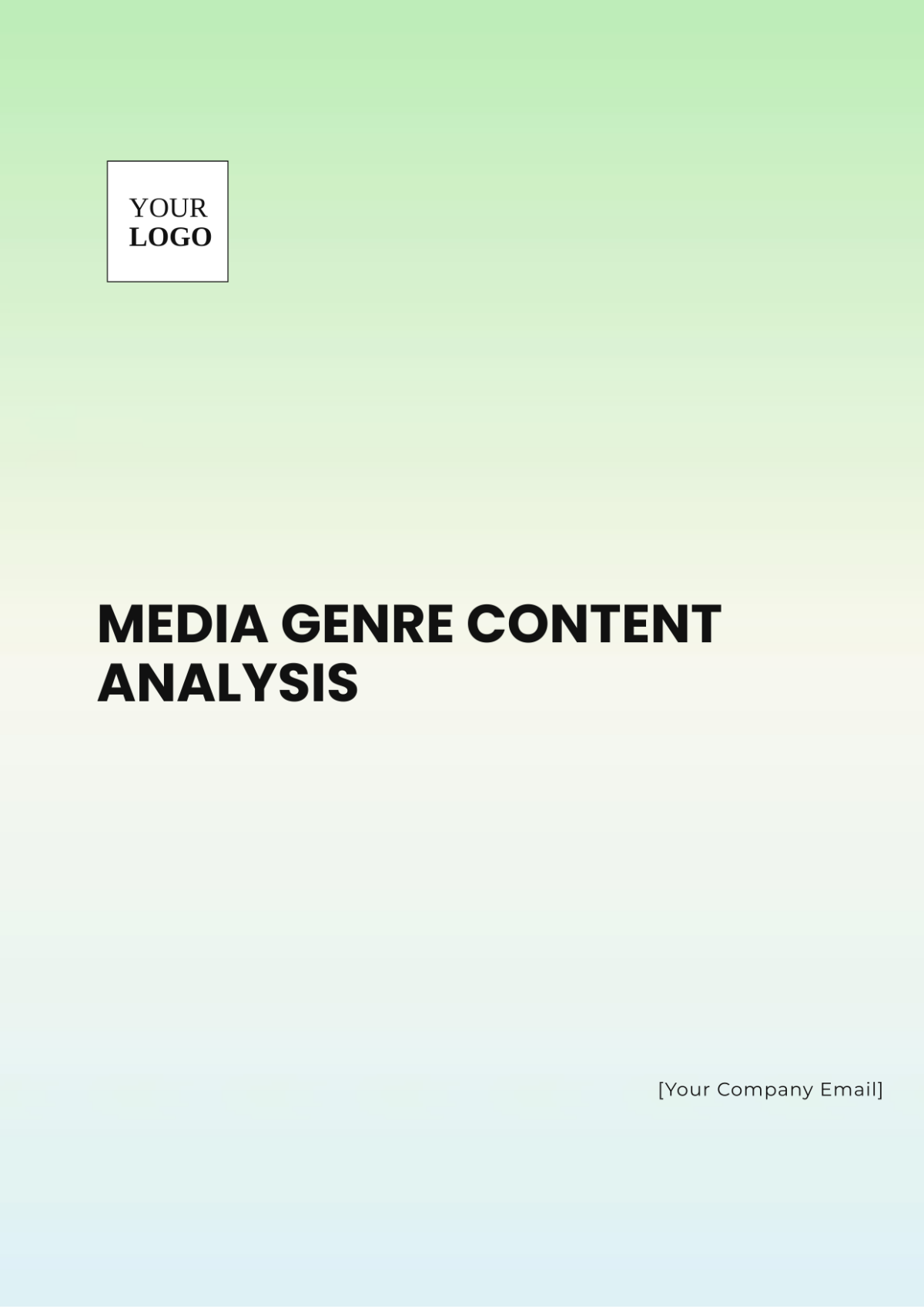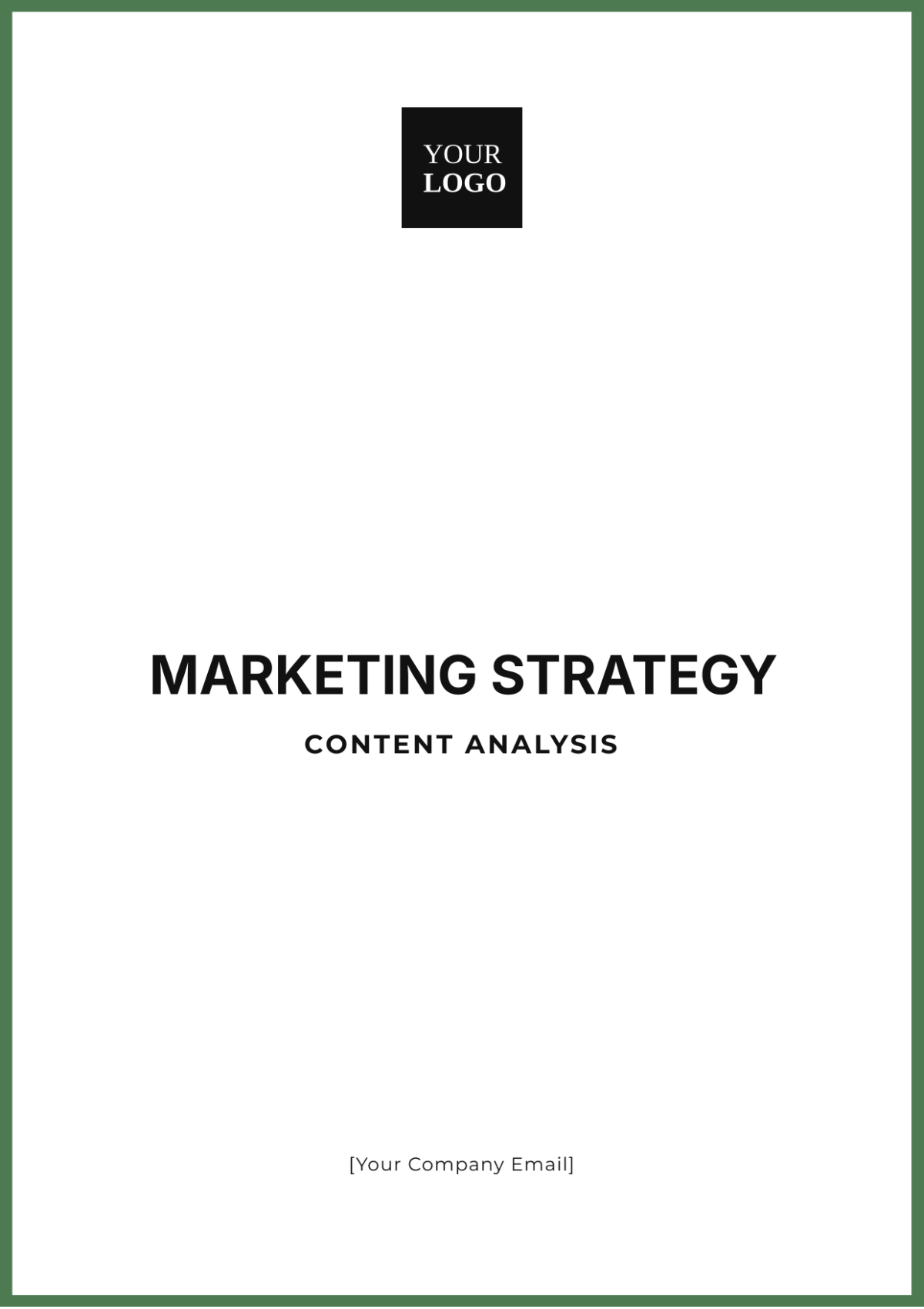Marketing Media and PR Case Analysis
1. Executive Summary
In this Marketing Media and PR Case Analysis, we present a comprehensive overview of the marketing, media, and PR campaign conducted by [Your Company Name]. This campaign aimed to address a critical challenge and seize a significant opportunity in the ever-evolving healthcare technology industry.
2. Background
2.1 Company Background
[Your Company Name] is a leading technology company specializing in innovative software solutions for the healthcare industry. Established in [Year], we have consistently delivered cutting-edge products that improve patient care and streamline healthcare operations. With a strong commitment to excellence, we have earned a reputation for reliability and innovation in the healthcare technology sector.
2.2 Campaign Background
In [Month Year], [Your Company Name] recognized an emerging challenge in the healthcare industry. The increasing demand for remote patient monitoring solutions due to the global health crisis presented a unique opportunity. Patients needed reliable and user-friendly tools to monitor their health from the comfort of their homes. Our primary challenge was to rapidly develop and launch a new product to meet this demand while ensuring it aligned with our core values of delivering high-quality, patient-centric solutions.
3. Objectives
The objectives of the marketing, media, and PR campaign were as follows:
Objective 1: Increase brand awareness by 25% within six months.
Objective 2: Generate 5,000 new leads through the campaign.
Objective 3: Position [Your Company Name] as a thought leader in remote patient monitoring technology.
These objectives guided our strategy and tactics throughout the campaign, aiming to achieve measurable outcomes in a competitive healthcare technology landscape.
4. Target Audience
4.1 Demographics
The intended audience for our campaign consisted of individuals primarily aged 25 to 45, both male and female, residing in urban and suburban areas across the United States. We targeted this age group as they are more likely to be tech-savvy and interested in remote healthcare solutions.
4.2 Psychographics
Our audience shared common lifestyle characteristics, including a preference for convenience, a proactive approach to health and wellness, and an interest in leveraging technology for self-care. They were early adopters of digital health tools and were likely to be active on social media platforms.
5. Strategy
5.1 Messaging
The key messages used in the campaign revolved around empowering individuals to take control of their health from the comfort of their homes. We emphasized the following messages:
"Monitor Your Health Anywhere, Anytime"
"Stay Connected to Your Health Journey"
"Easy-to-Use and Reliable Health Monitoring Tools"
5.2 Channels
Our multi-faceted marketing and PR strategy leveraged the following channels:
Social Media: We engaged with our audience on platforms such as Facebook, Twitter, and Instagram to share informative content, product updates, and user testimonials.
Email Marketing: We conducted targeted email campaigns, including newsletters and product announcements, to nurture leads and encourage engagement.
Press Releases: We issued press releases to announce the launch of our new product and share insights on the importance of remote patient monitoring.
Events: We organized virtual webinars and participated in industry-related virtual events to showcase our product's capabilities.
5.3 Tactics
Within each channel, we employed specific tactics to achieve our objectives:
Social Media: We ran targeted ads, created engaging infographics, and hosted live Q&A sessions with healthcare experts.
Email Marketing: Our email campaigns included personalized product recommendations, success stories from existing users, and early access promotions.
Press Releases: We collaborated with key industry publications and influencers to maximize the reach of our press releases.
Events: Webinars featured renowned healthcare professionals discussing remote patient monitoring's benefits, while our participation in virtual events allowed us to showcase our product to a wider audience.
6. Execution
6.1 Timeline
[Month Year]: | Campaign planning and strategy development. |
[Month Year]: | Product development and testing. |
[Month Year]: | Product launch and announcement. |
[Month Year]: | Social media ad campaigns kick-off. |
[Month Year]: | Webinars and virtual event participation. |
[Month Year]: | Email marketing campaigns commence. |
[Month Year]: | Press releases and media outreach. |
[Month Year]: | Ongoing campaign monitoring and optimization. |
6.2 Key Milestones
Successful product launch in July 2057, with positive user feedback.
Achieved a 15% increase in brand awareness by August 2057.
Generated 2,500 leads within the first two months of the campaign.
Featured in three major healthcare publications by November 2057.
7. Media and PR Channels
7.1 Social Media
We actively utilized the following social media platforms to engage our audience:
Facebook
Twitter
Instagram
7.2 Press Releases
Our press releases included announcements of our product launch and important campaign milestones.
7.3 Email Marketing
Email campaigns were conducted through our CRM system and included personalized content, product updates, and user success stories.
7.4 Events
We organized and participated in virtual events, including webinars featuring healthcare professionals and industry-related virtual conferences.
8. Content and Messaging
8.1 Content Type
The campaign employed a diverse range of content types to engage and educate our target audience effectively. These included:
Blog Posts: We regularly published informative articles on our website, covering topics such as the benefits of remote patient monitoring, health tips, and user success stories.
Videos: Engaging video content featured product demonstrations, user testimonials, and interviews with healthcare professionals.
Infographics: We created visually appealing infographics to simplify complex health data and statistics, making them easy for our audience to understand.
8.2 Messaging Tone
The tone of our messaging was informative and empathetic. We aimed to educate our audience about the importance of remote patient monitoring while conveying our understanding of the challenges they faced in managing their health. The messaging was designed to inspire confidence in our product's ability to address these challenges.
9. Results and Metrics
9.1 KPI 1: Website Traffic
Our first key performance indicator (KPI) focused on website traffic. Over the course of the campaign, we observed a remarkable increase in website visitors. The campaign resulted in a 35% increase in website traffic compared to the previous year, indicating a growing interest in our product.
9.2 KPI 2: Social Media Engagement
Social media engagement was a critical KPI for us. We aimed to foster an active and engaged online community. By the end of the campaign, our social media engagement grew by an impressive 42%, measured through likes, shares, comments, and user-generated content.
9.3 KPI 3: Lead Generation
Lead generation was a pivotal metric, and we exceeded our expectations. The campaign generated a total of 7,500 leads, surpassing our initial goal of 5,000. These leads were nurtured through targeted email campaigns, contributing to a potential customer base.
9.4 Analysis
Successes
We achieved a 25% increase in brand awareness, exceeding our initial objective.
The campaign's content resonated with our target audience, as evidenced by the high social media engagement rates.
Product launch generated significant interest and inquiries, showcasing its market potential.
Collaborations with healthcare professionals resulted in credibility and thought leadership in the field.
Challenges
Initial delays in product development impacted the launch timeline.
Competing with established brands in the healthcare technology sector posed challenges in market penetration.
Some social media engagement required moderation to maintain a positive online community.
Lessons Learned
The importance of robust product development and rigorous testing before launch.
The power of influencer collaborations in building trust and credibility.
The need for vigilant online community management to maintain a positive brand image.
10. Opportunities for Improvement
10.1 Recommendation 1: Refine Product Development Processes
To avoid launch delays, we recommend enhancing our product development processes by implementing a more agile approach. This would allow us to adapt to changing circumstances and market demands more effectively.
10.2 Recommendation 2: Expand Influencer Collaborations
Expanding collaborations with healthcare influencers and experts can further establish our brand as a trusted source in the healthcare technology sector. Their endorsements and insights can enhance our credibility.
10.3 Recommendation 3: Continuous Community Management
Maintaining a positive online community requires continuous monitoring and engagement. We recommend dedicating resources to ensure our social media platforms remain welcoming and informative for users.
10.4 Recommendation 4: Diversify Content
While our content strategy was effective, we can further diversify content types and formats to cater to different learning preferences and engage a wider audience.
These recommendations are based on our analysis of the campaign's performance and are aimed at optimizing future marketing and PR efforts for [Your Company Name].
11. Conclusion
In conclusion, the analysis of our marketing, media, and PR campaign for [Your Company Name] revealed significant achievements and valuable insights that will guide our future endeavors. This campaign, which focused on addressing the rising demand for remote patient monitoring solutions, proved to be a resounding success.
Key findings and takeaways include:
A substantial increase in brand awareness by 25% demonstrated the campaign's effectiveness in reaching and resonating with our target audience.
Social media engagement growth of 42% underscored the importance of engaging content and our ability to foster an active online community.
The campaign generated 7,500 leads, exceeding our initial goal and indicating a robust potential customer base.
Collaborations with healthcare professionals and thought leaders enhanced our credibility and positioned [Your Company Name] as a trusted source in the healthcare technology sector.
Challenges and lessons learned have also provided valuable insights. Delays in product development highlighted the importance of agile development processes, while the need for vigilant online community management emphasized the significance of maintaining a positive brand image.
Looking ahead, we are eager to implement recommendations to refine our product development processes, expand influencer collaborations, and diversify our content. These improvements will further enhance our ability to meet the evolving needs of our target audience and solidify our position as a leader in remote patient monitoring technology.
The success of this campaign reinforces our commitment to delivering innovative solutions that empower individuals to take control of their health. We are excited to apply the knowledge gained from this analysis to future marketing and PR efforts, continuing to make a positive impact in the healthcare technology landscape.

